- Diesel engine is gutsy and efficient
- Typical Tucson class remains inside with quality and space
- Slick centre infotainment screen with good screen quality
- Diesel fuel not for everybody
- Elite grade should offer more standard equipment
- European Tucson hybrid not here yet
We’ve extensively tested the new generation Hyundai Tucson here at DiscoverAuto. It’s got a long list of attributes including a handsome design, a spacious and high quality cabin, solid driving dynamics with a nicely balanced chassis, good value for money with a long equipment list even on the base model car. Add in a solid aftersales package with reasonable service costs and the Tucson has all the hallmarks of a winner. We’ve not been so keen on the Australian engine lineup though, with two lacklustre petrol units making up the majority of sales. But now, there’s a third powertrain option: a diesel which appears to be better on paper than the others. We tested the mid-spec 2021 Hyundai Tucson Elite diesel to see if diesel still makes sense in Hyundai’s mid-size SUV.
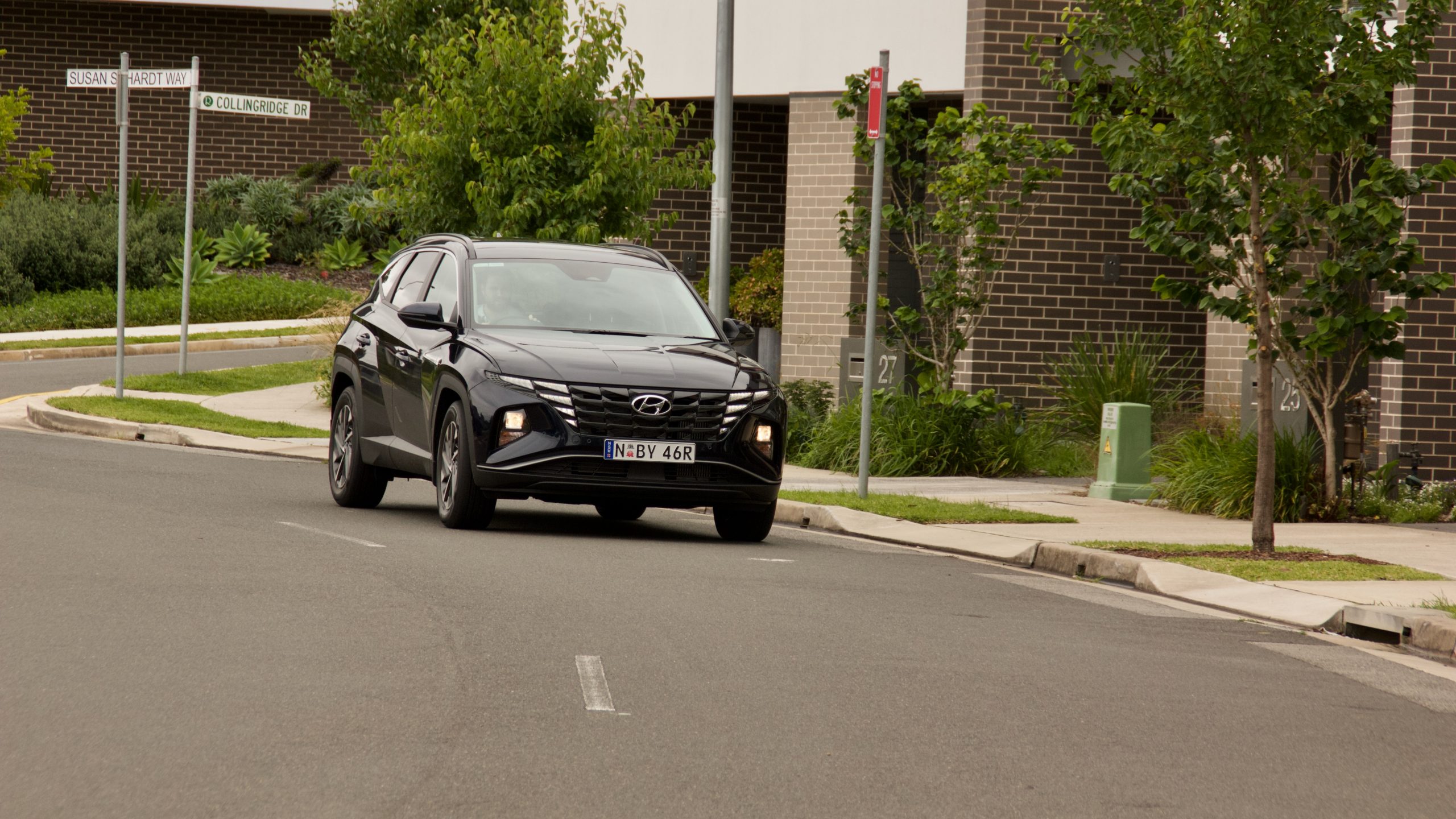
Price & Equipment: 8/10
While the entry-level Tucson is priced from $34,000 (plus on-road costs) and the Elite starts at $38,000, the 2021 Hyundai Elite diesel is priced at $45,000 plus on-road costs (around $49,000-50,000 drive away depending on location) because the diesel engine and all-wheel drive system add $6,000 to the price.
Standard equipment on the Tucson includes 18-inch alloy wheels, automatic halogen lights, auto wipers, leather upholstery, heated front seats, a 10-way electrically adjustable driver’s seat, dual-zone climate control with rear vents, a 10.25-inch touchscreen with wired Apple CarPlay and Android Auto, satellite navigation, digital radio, a six-speaker sound system, wireless phone charging, keyless entry and start with remote start, heated and auto-folding mirrors and roof rails.
Safety kit includes seven airbags, auto emergency braking (AEB) with pedestrian, cyclist and intersection assistance, adaptive cruise control with stop and go functionality, lane keep assist with lane trace assist, blind-spot monitoring with rear cross-traffic alert (both with braking), rear occupant alert, safe exit warning, driver attention monitoring, front and rear parking sensors, a reversing camera and an alarm.
Colour options include the no-cost ‘White Cream’, as well as the $595-optional ‘Deep Sea’, ‘Phantom Black’, ‘Shimmering Silver’, ‘Titan Grey’ and our test car’s ‘Amazon Grey’. Black leather is the sole interior option in the Elite, though buyers can choose the $2,000 N Line Package, which adds 19-inch alloy wheels, LED lighting with auto high beam, a 10.25-inch digital driver’s display and lots of sporty N Line details, including badging, black suede and leather upholstery with red stitching, a bodykit and a skid plate.
Diesel options in the mid-size SUV segment have lessened thanks to the fuel’s decline in popularity, but there are still some options available. The biggest competitor to the Tucson Elite diesel is the Mazda CX-5 Touring diesel, which is priced at $44,480 plus on-road costs (around $49,000 drive away).
The CX-5 does offer some equipment advantages over the Tucson, including LED lighting with auto high beam, a heads-up display and automatic rear braking, but the Tucson features a larger centre screen, live traffic for the navigation system, roof rails, full leather upholstery, an extra airbag, rear occupant alert, safe exit assist, lane trace assist, braking for the blind-spot monitoring system, an electric driver’s seat, wireless phone charging and heated front seats. The Tucson is clearly better value than the CX-5.
Performance & Economy: 9/10
We’ve been underwhelmed by the Tucson’s petrol lineup, so how does the diesel option fare? A lot better, thankfully. Producing 137kW of power and 416Nm of torque, the Tucson diesel is outgunned by the 140kW/450Nm twin-turbocharged Mazda CX-5 diesel, but thanks to the Tucson’s two extra ratios – two more than the Mazda – it feels similarly punchy.
The diesel engine in the Tucson is torque rich and relatively quiet as well, but best of all, it doesn’t feature the confused and unrefined seven-speed dual-clutch automatic that comes in the 1.6-litre turbo petrol Tucson – instead, you get a smooth eight-speed torque converter auto that’s significantly more intuitive and relaxed than the dual-clutch unit. It’s also much more sprightly than the dowdy 2.0-litre naturally aspirated engine found in the lineup.
Hyundai claims combined fuel consumption of 6.3L/100km, which is a touch higher than the CX-5’s 5.9L/100km rating but we found it fairly easy to achieve with a 6.5L/100km result. It has a 54-litre fuel tank, and highway cruising should give a range of around 900km.
Ride & Handling: 9/10
The 2021 Hyundai Tucson Elite has grown in dimensions – its 4,630mm length is 150mm longer, its 1,865mm width is 15mm wider and its 1,665mm height is 5mm taller than the previous-generation car. The wheelbase is 85mm longer than before as well, which helps with both interior space and ride quality – and we have to say, both are excellent.
The Highlander variant of the Tucson rides well, but the Elite is even better because it’s got one-inch smaller 18-inch wheels. This results in a largely problem-free driving experience – the suspension deals well with even larger bumps and the Tucson feels rarely phased by them. The heavier diesel engine gives a touch more weight to the steering, but it’s hardly noticeable.
The chassis is surprisingly capable too. It might be an SUV, but the Tucson somehow manages to handle well too, with decent steering which will delight keener drivers. Levels of grip are high and overall this is a refined and polished car to drive.
Unlike the last-generation Tucson, the new car is also very quiet for road noise, which goes well with the new car’s higher quality feel. Visibility is pretty good as well, and the active safety systems are well tuned.
Interior & Practicality: 8/10
The Tucson’s cabin layout is modern and its materials are good quality, with soft-touch panels covering most of the dashboard and doors. We really like the cloth inserts on the top of the doors and dashboard, as well as the horizontal vent that runs the width of the dashboard, which makes it feel roomier. The leather is good quality and toys aside, there’s not much difference between the cabin of the Elite and the more expensive Highlander.
Centre of the cabin is Hyundai’s new 10.25-inch touchscreen with wired Apple CarPlay and Android Auto, inbuilt navigation with live traffic and digital radio. The system is quick, it’s got an excellent screen and the six-speaker sound system is reasonably punchy. Curiously though, the smartphone mirroring is wired, which is fine – but in the base model’s smaller 8.0-inch screen, it’s wireless. We wish the Elite received the 10.25-inch digital driver’s display though, as the dials in place are a bit cheap to look at.
The Tucson’s cabin is quite practical as well with a big centre bin, large cup holders, big door pockets, a large tray with a wireless phone charger ahead of the gearbox buttons.
Thanks to the wheelbase increase, the Tucson’s cabin – particularly the rear seat – is very roomy. It’s well featured as well with bottle holders, a reclining backrest, a centre arm rest with cupholders, air vents and two USB ports to charge devices. It’s only missing a third climate zone and window shades.
The European Tucson’s shorter wheelbase would be less roomy, though it does feature a 40:20:40-split seat for greater versatility.
The Tucson’s boot is rated at 539-litres, which is more than 100L larger than the CX-5’s boot though 41L less than the RAV4. Folding the seats down opens up 1,860L, which is a massive 518L larger than the CX-5. The boot features a few hooks as well, tabs to fold the seats and there’s a full-size alloy spare wheel under the floor.
Service & Warranty: 8/10
Like all other new Hyundai products in Australia, the 2021 Hyundai Tucson Elite diesel comes with a five-year/unlimited km warranty with a year of roadside assistance that’s topped up with each dealer service up to five years. Mazda also offers a five-year/unlimited km warranty – but it also features five years of roadside assist regardless of where it’s serviced.
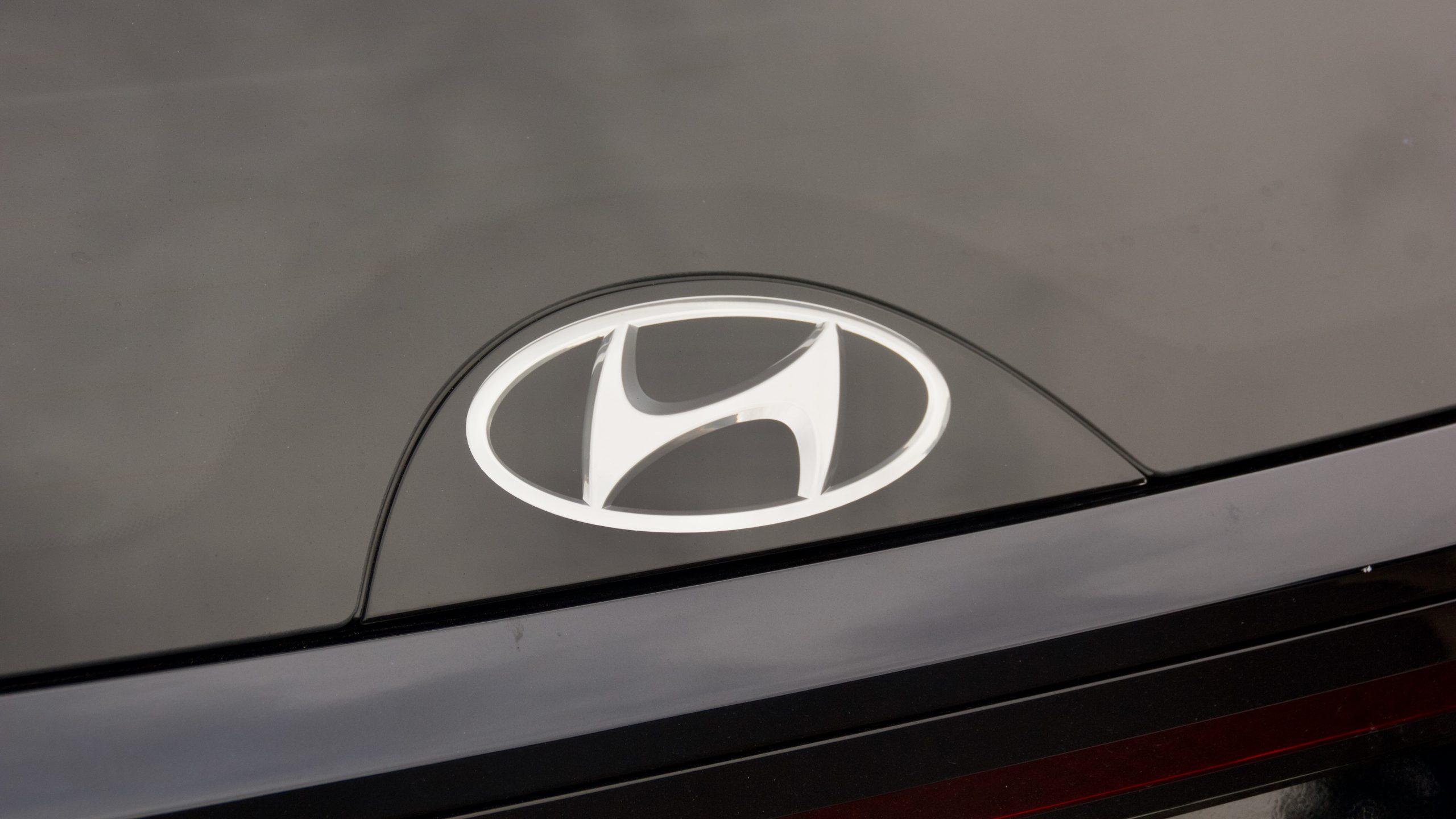
Servicing the Tucson diesel takes place once every 15,000km or yearly, whichever comes first. Five years/75,000km of servicing costs $1,875 ($375 per service). Five years/50,000km of servicing costs $2,214 ($442 per service) but drivers covering more distance should beware that costs will climb further thanks to the Mazda’s shorter 10,000km service intervals.
The 2021 Hyundai Tucson Elite Diesel DiscoverAuto Rating: 8.4/10
While we realise that diesel fuel is somewhat on the nose globally and that it’s not suited to all new car buyers, the diesel option in the Hyundai Tucson is so far the definite powertrain choice in the range. It combines the usual qualities of the new Tucson with a drivetrain that’s punchy, efficient, refined and much more intuitive than the lacklustre 1.6-litre turbocharged petrol engine.
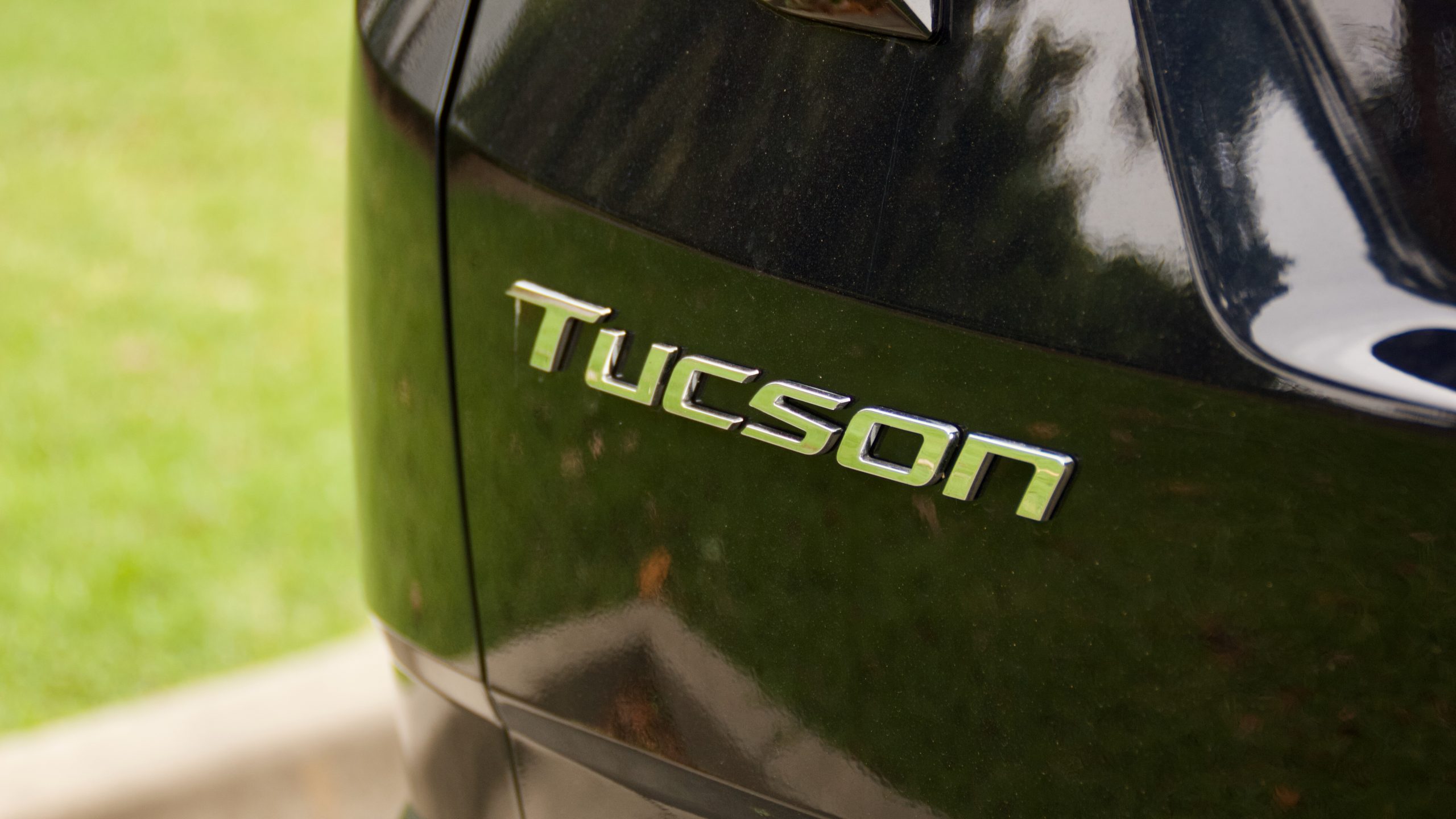
The Elite grade in the Tucson lineup should feature more standard equipment – almost $50,000 drive away without LED headlights or an electric tailgate is ridiculous – but that’s really the only complaint we have. The Tucson is one of our favourite mid-size SUVs and with diesel power, it’s been made even better.
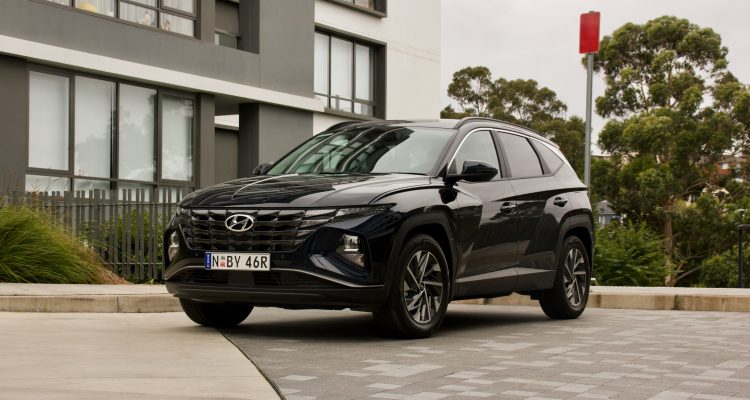
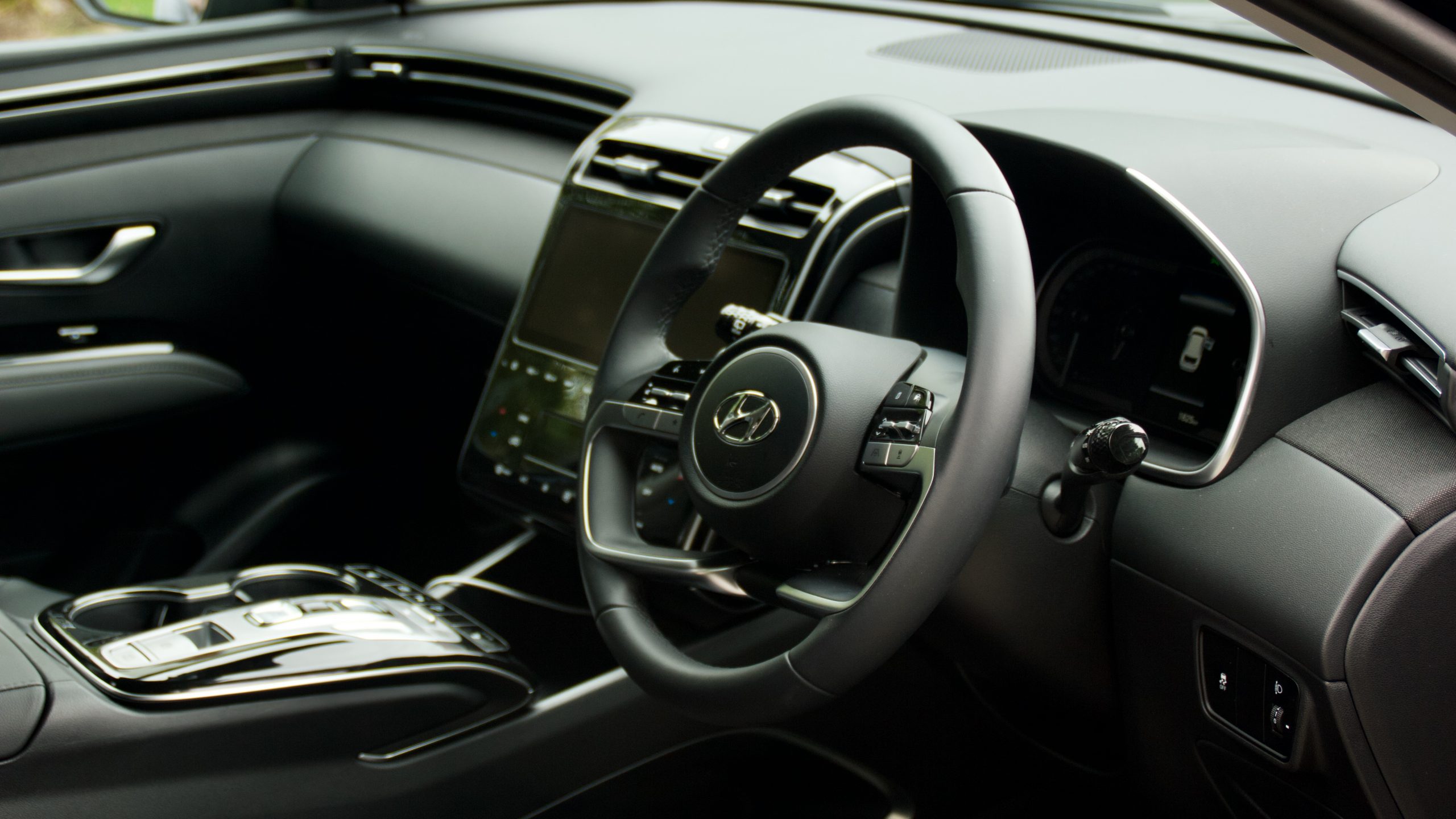
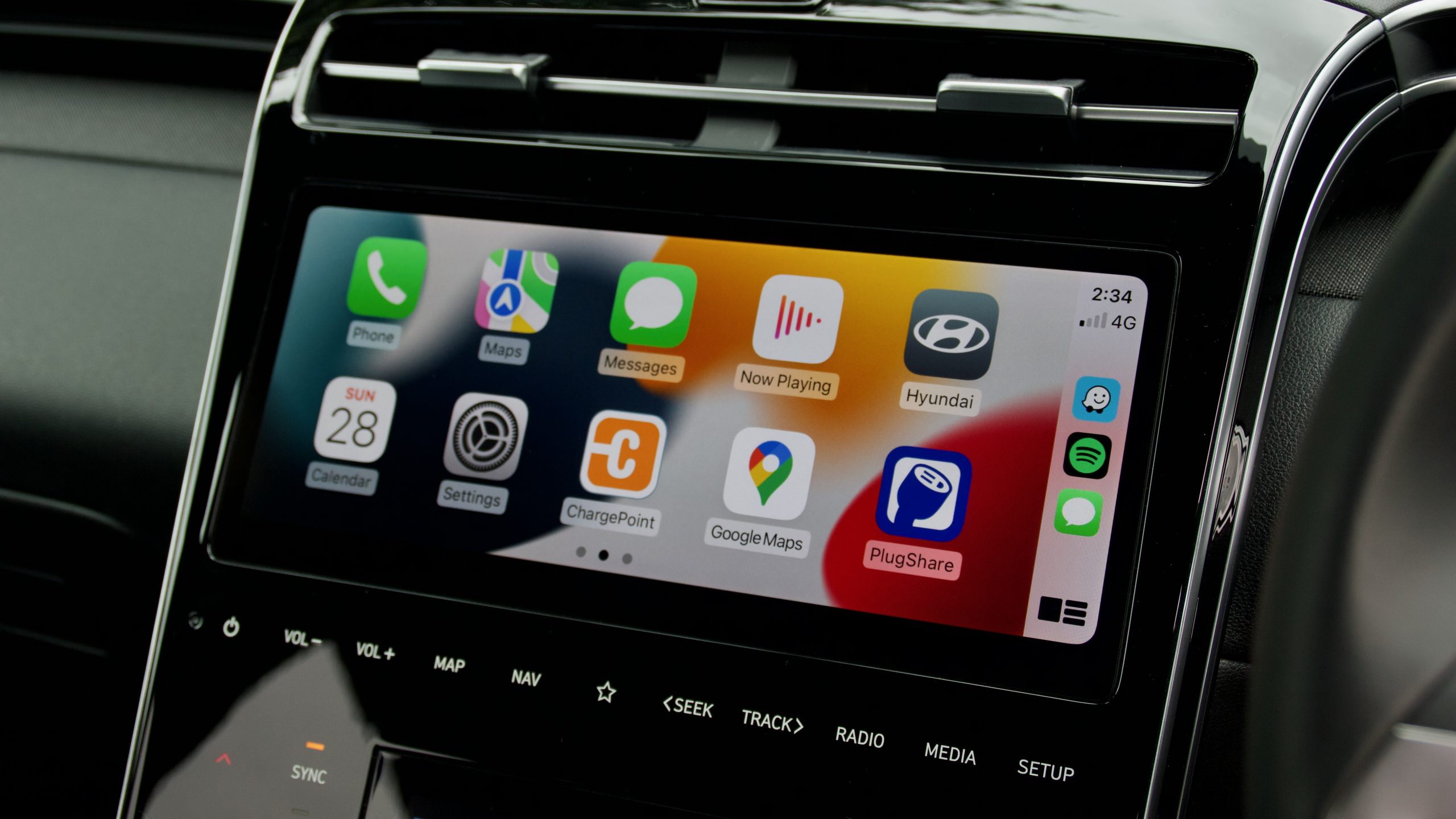
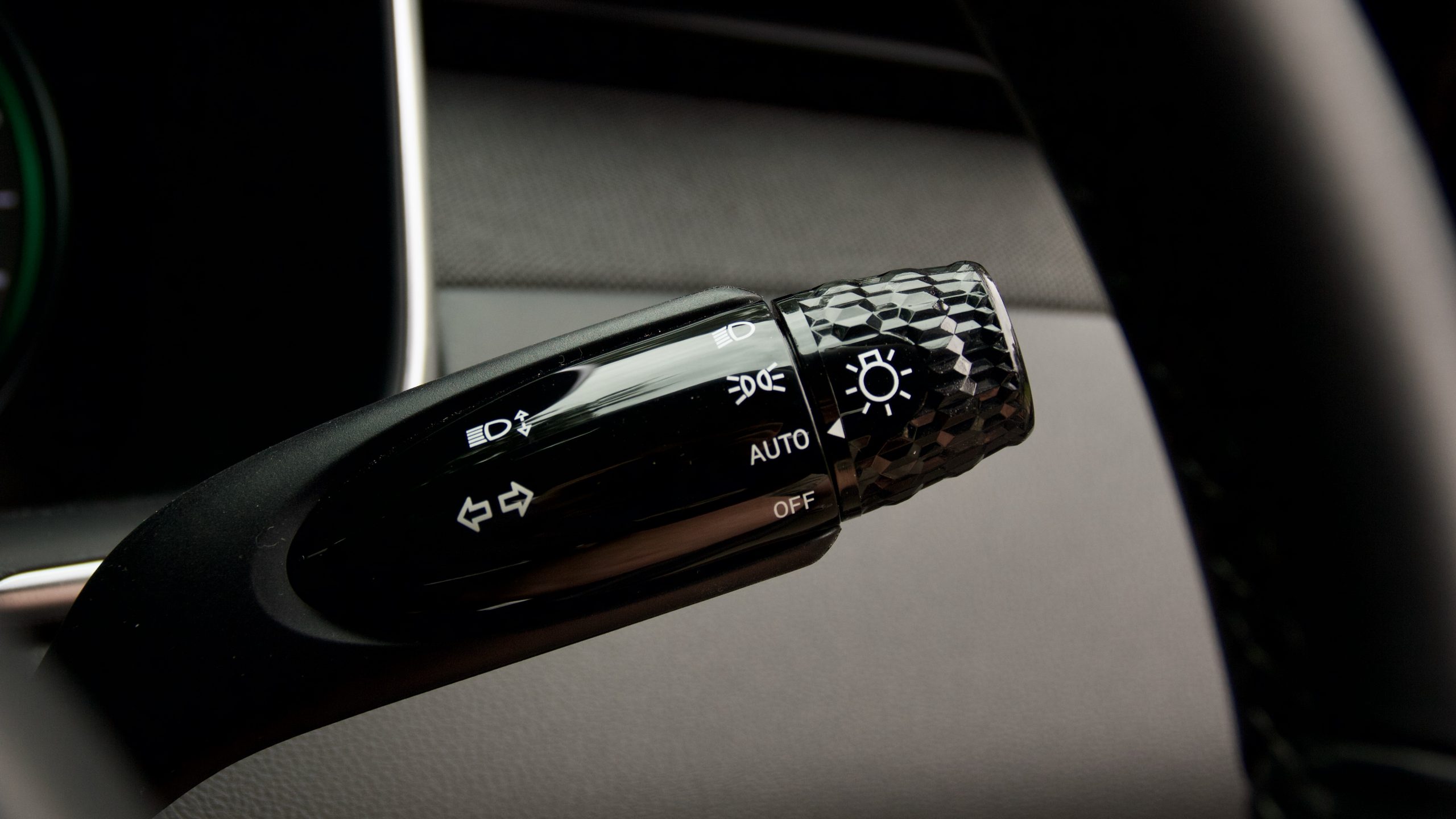
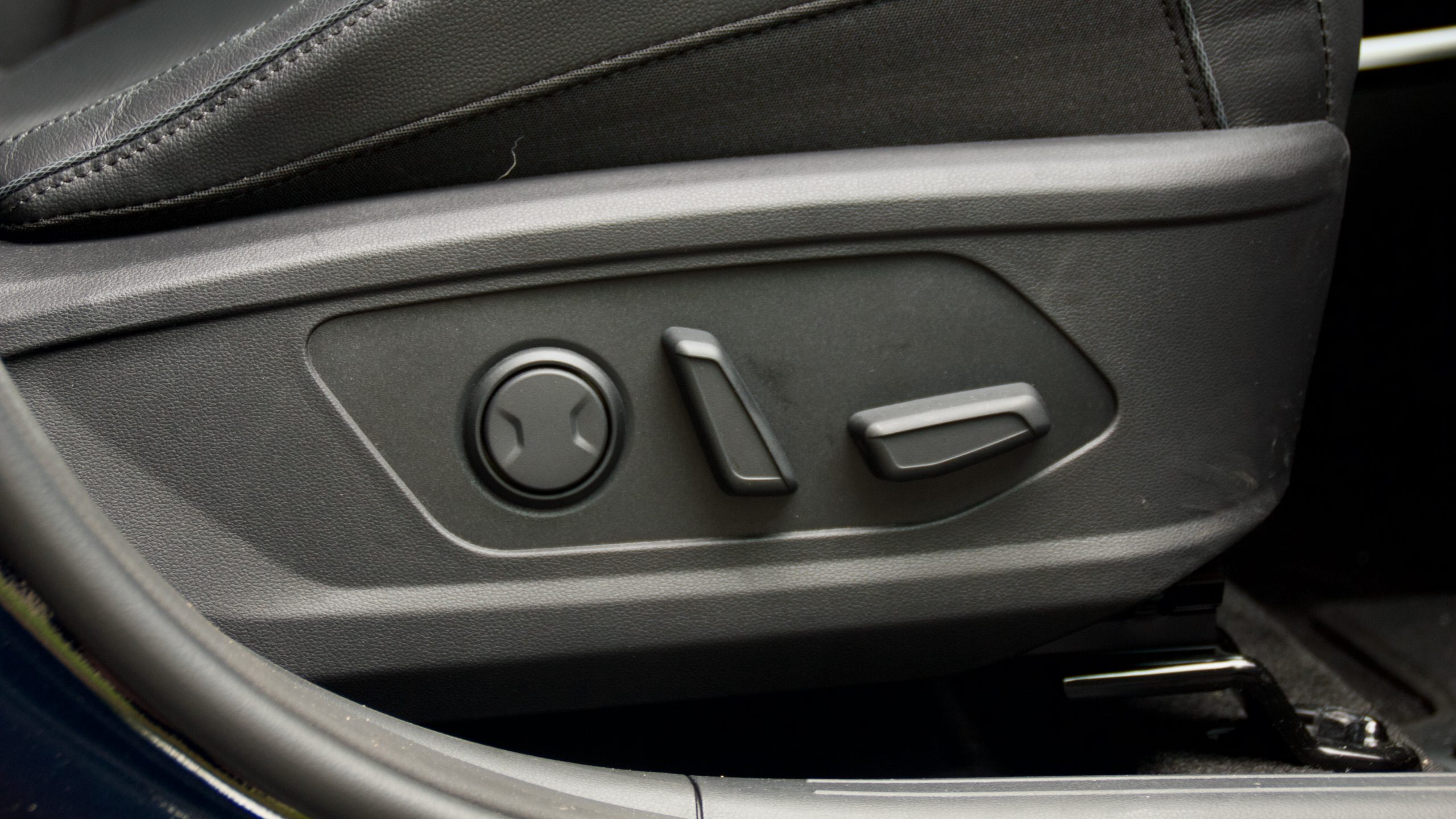
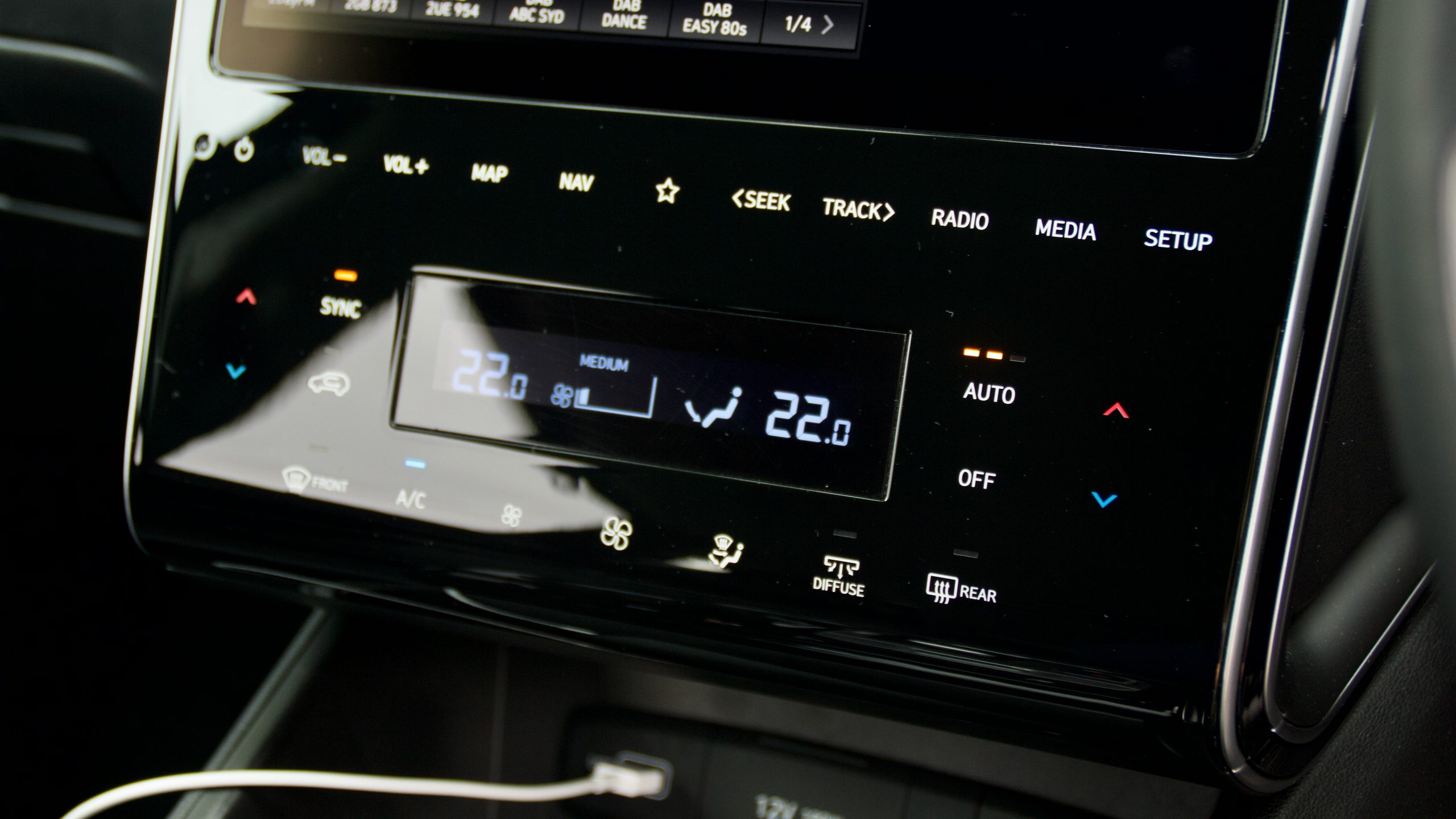
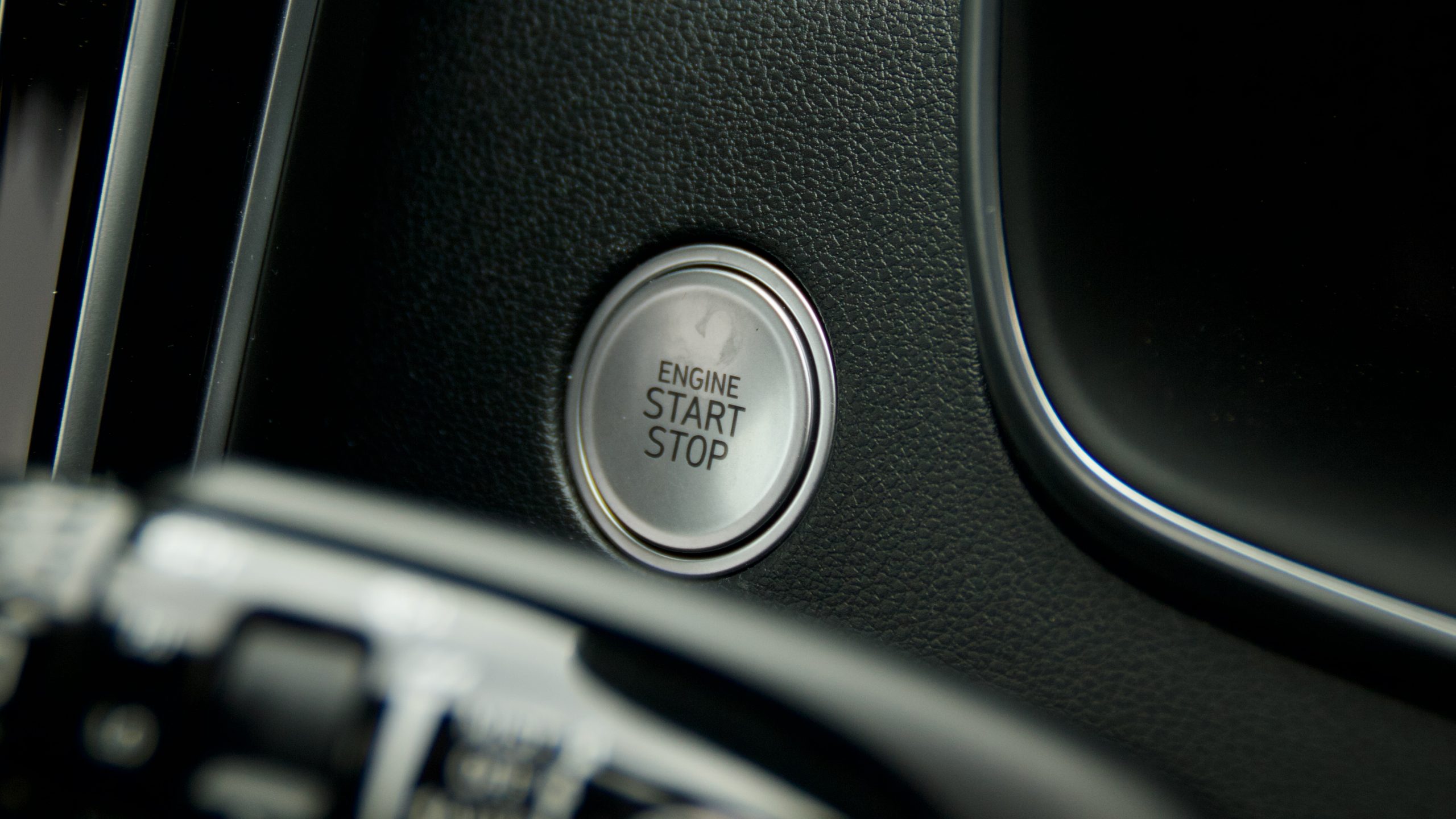
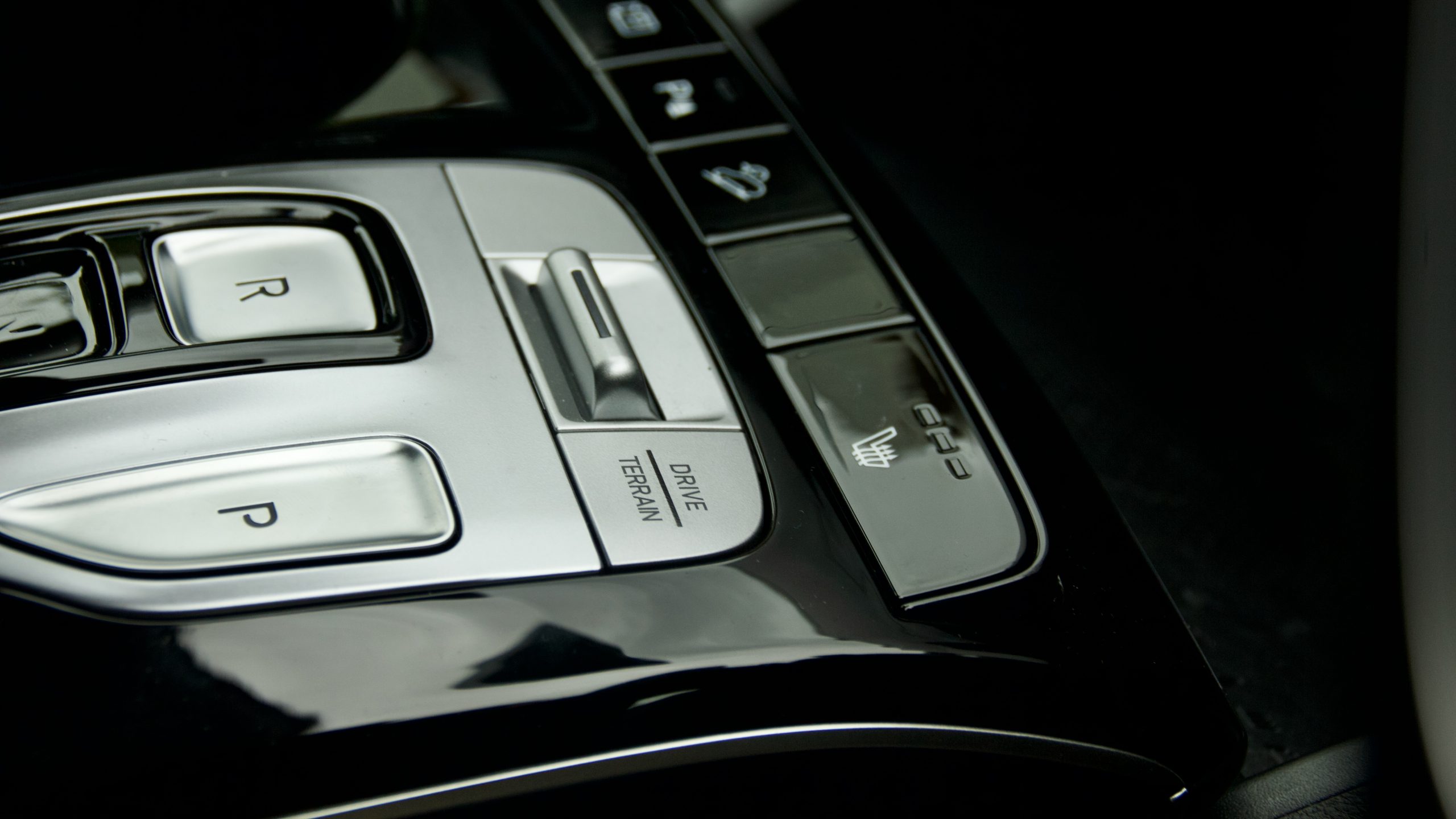
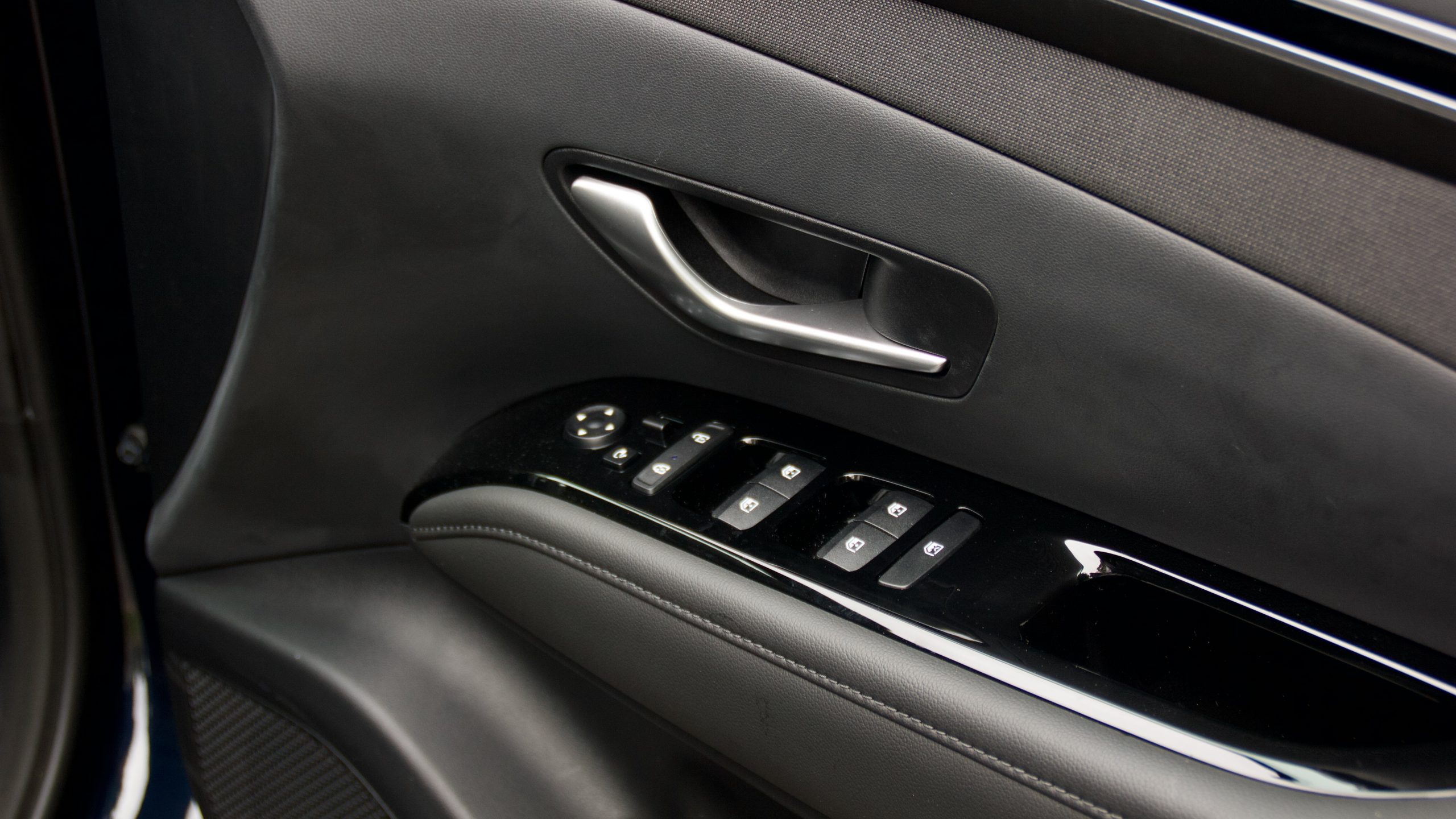
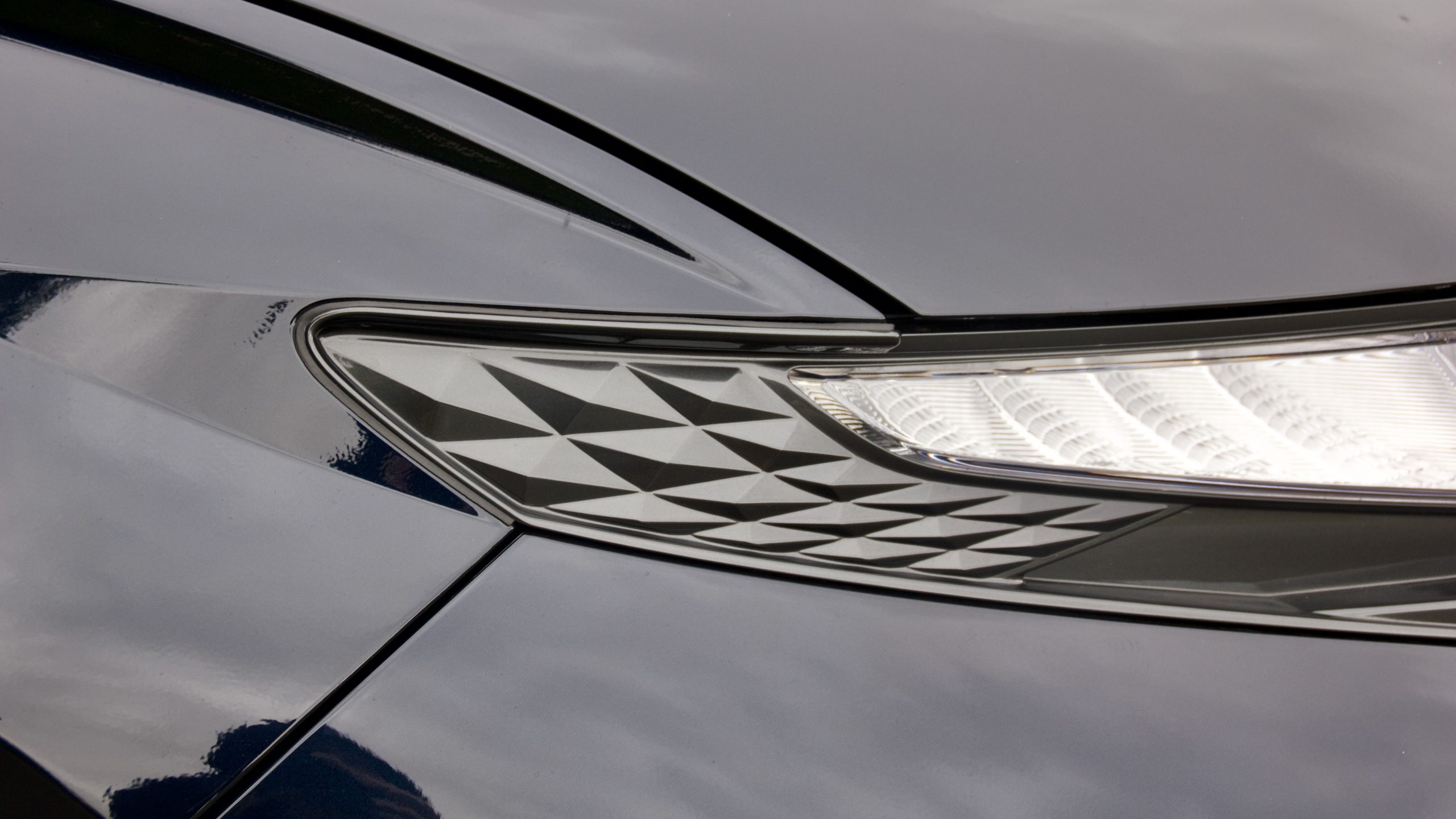
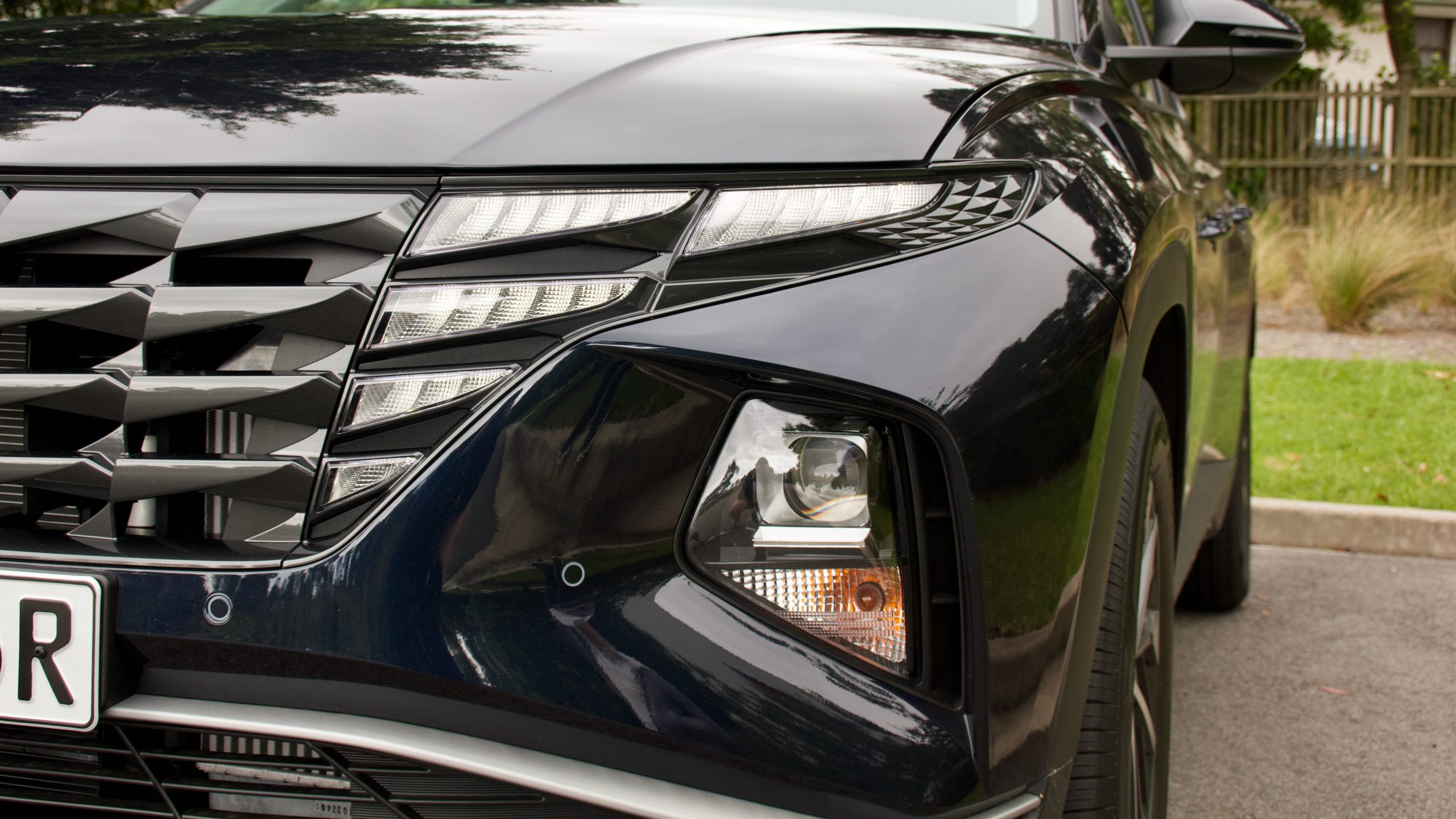
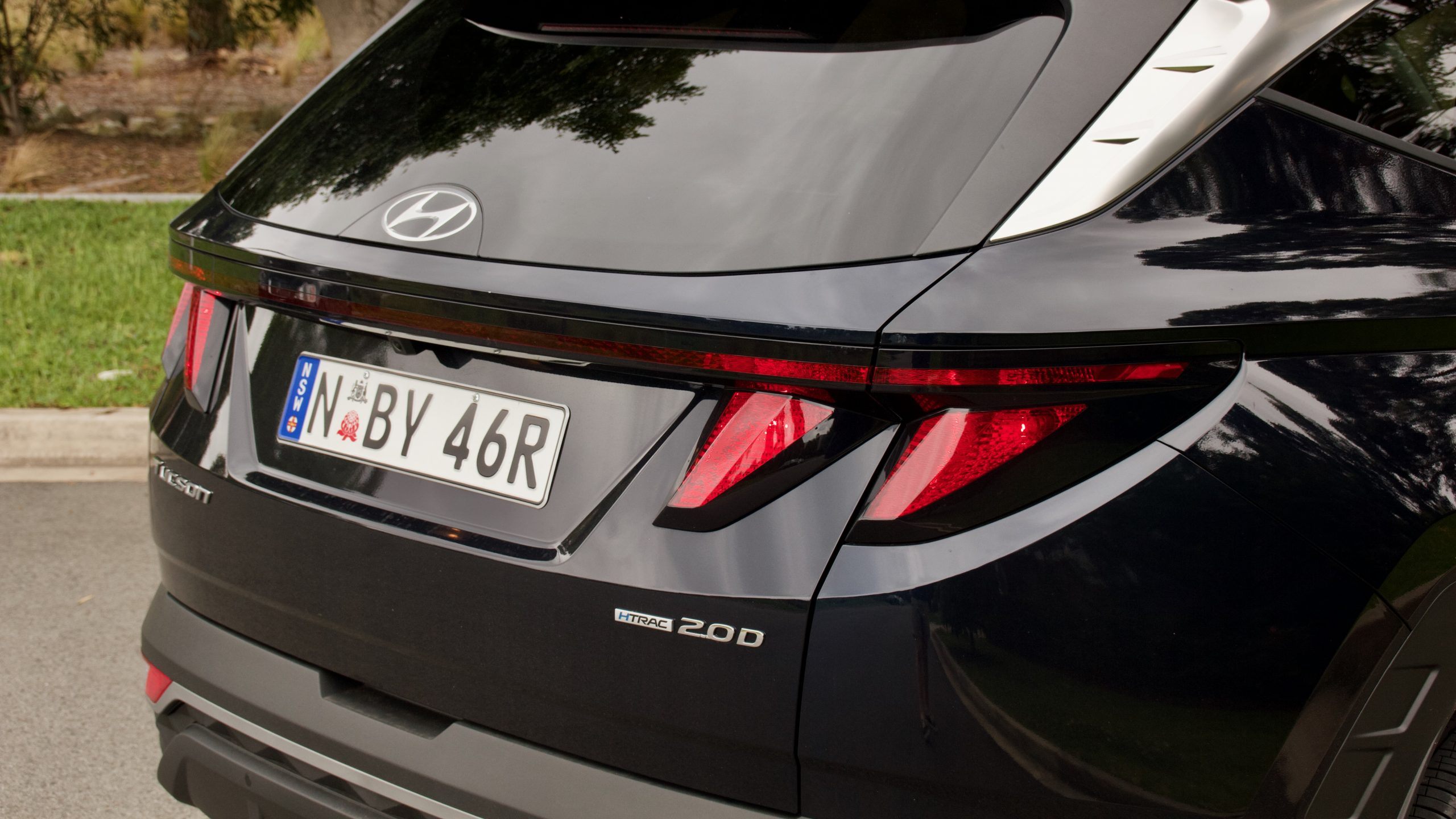
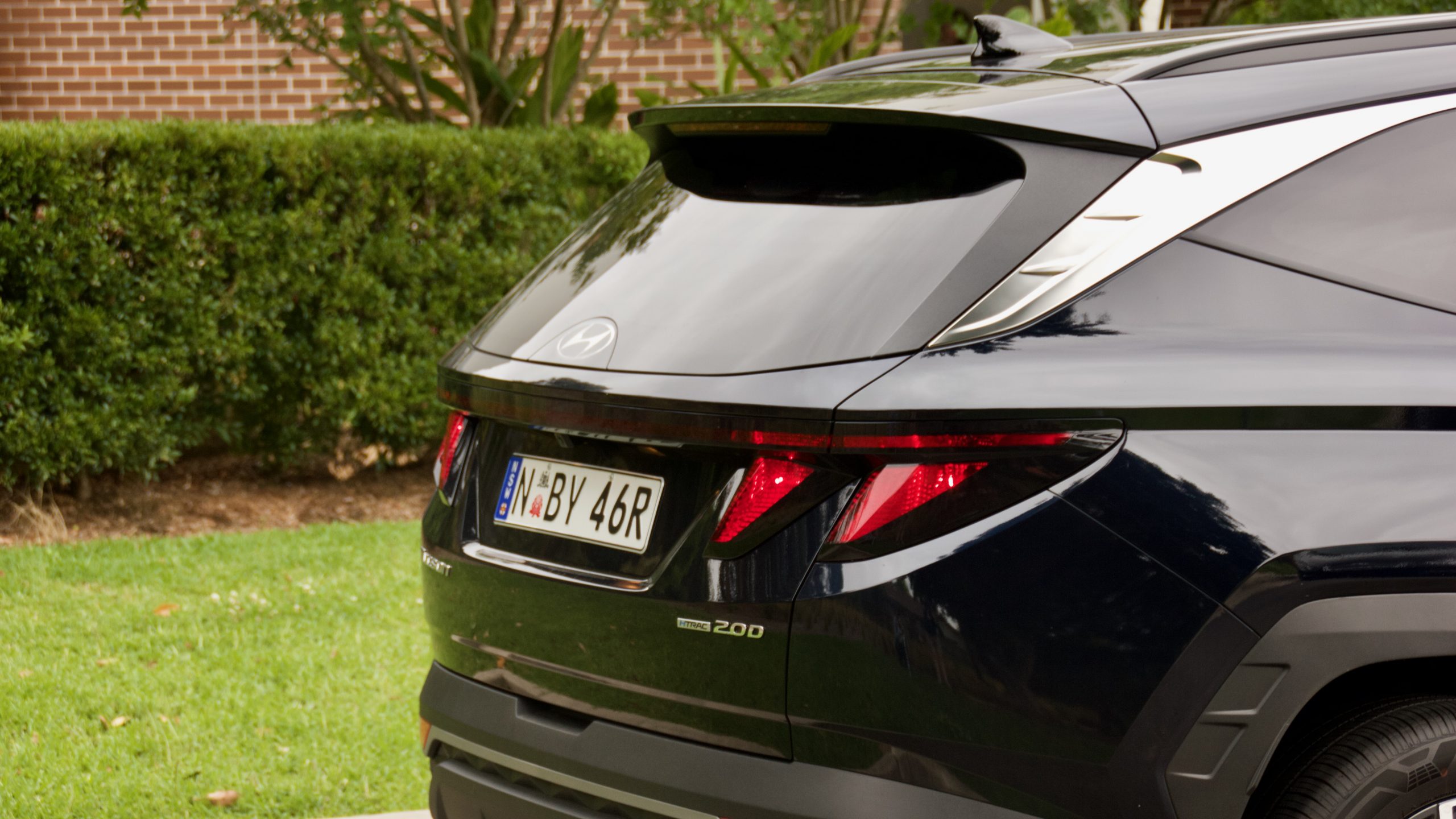
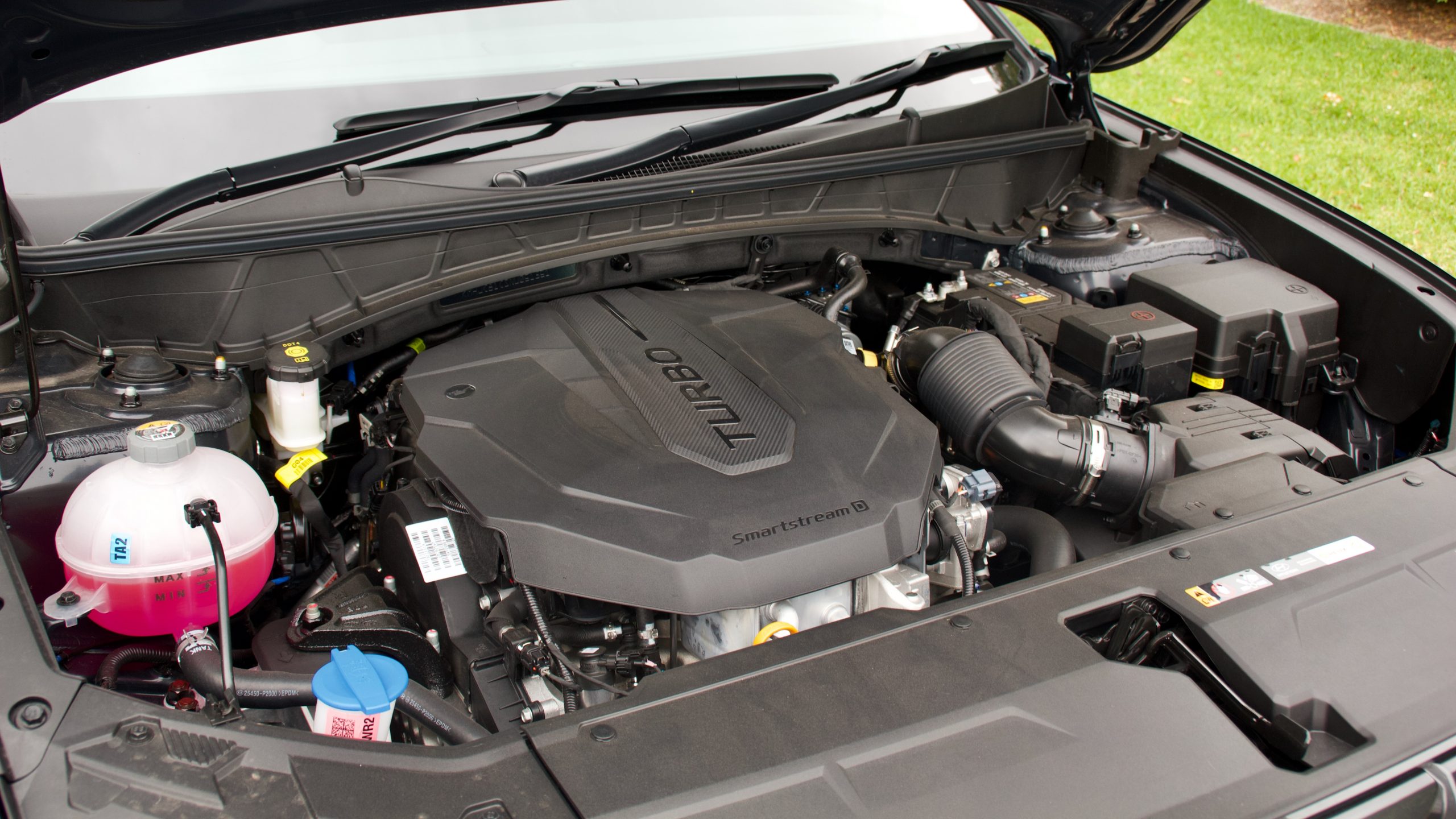
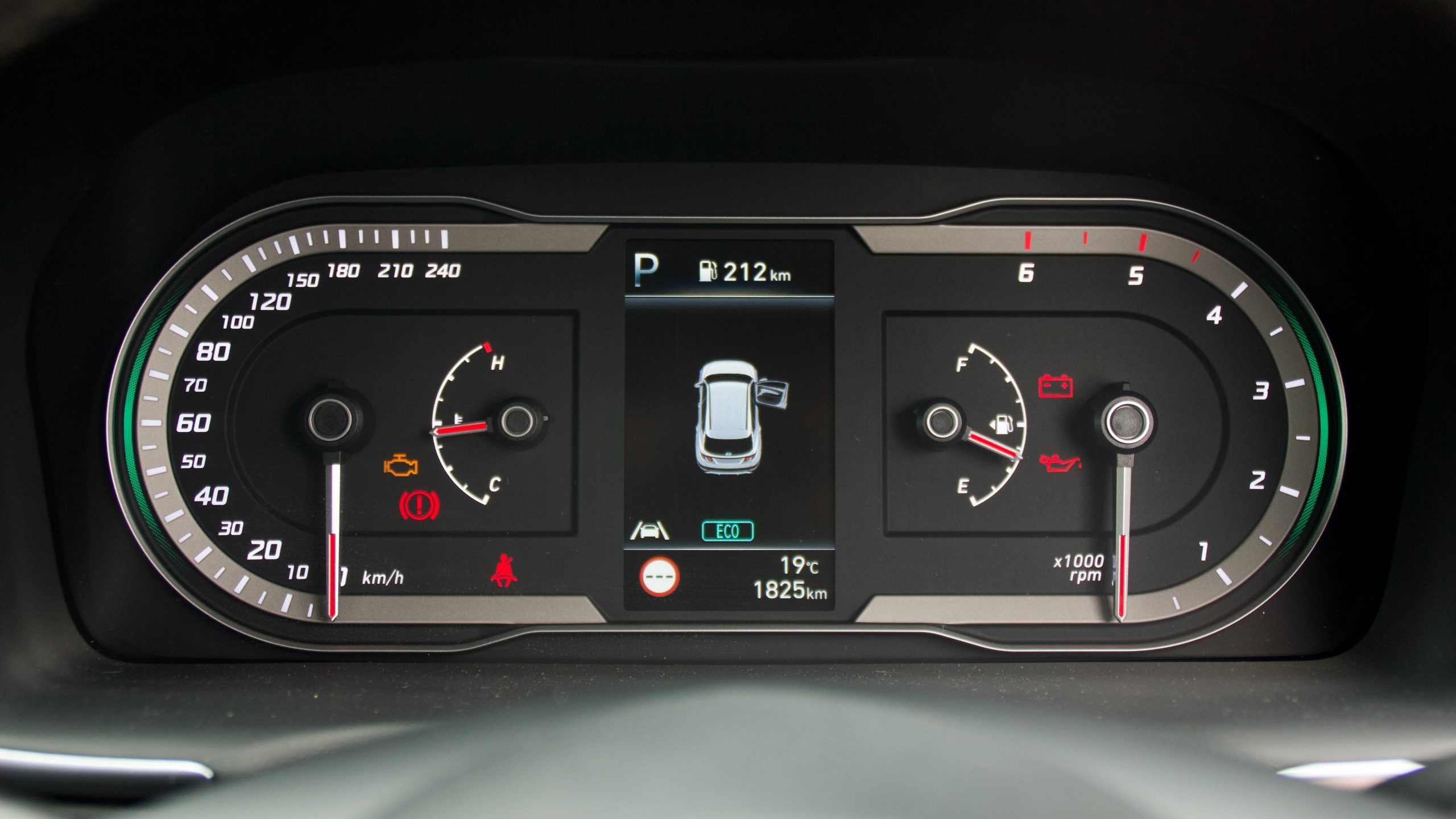
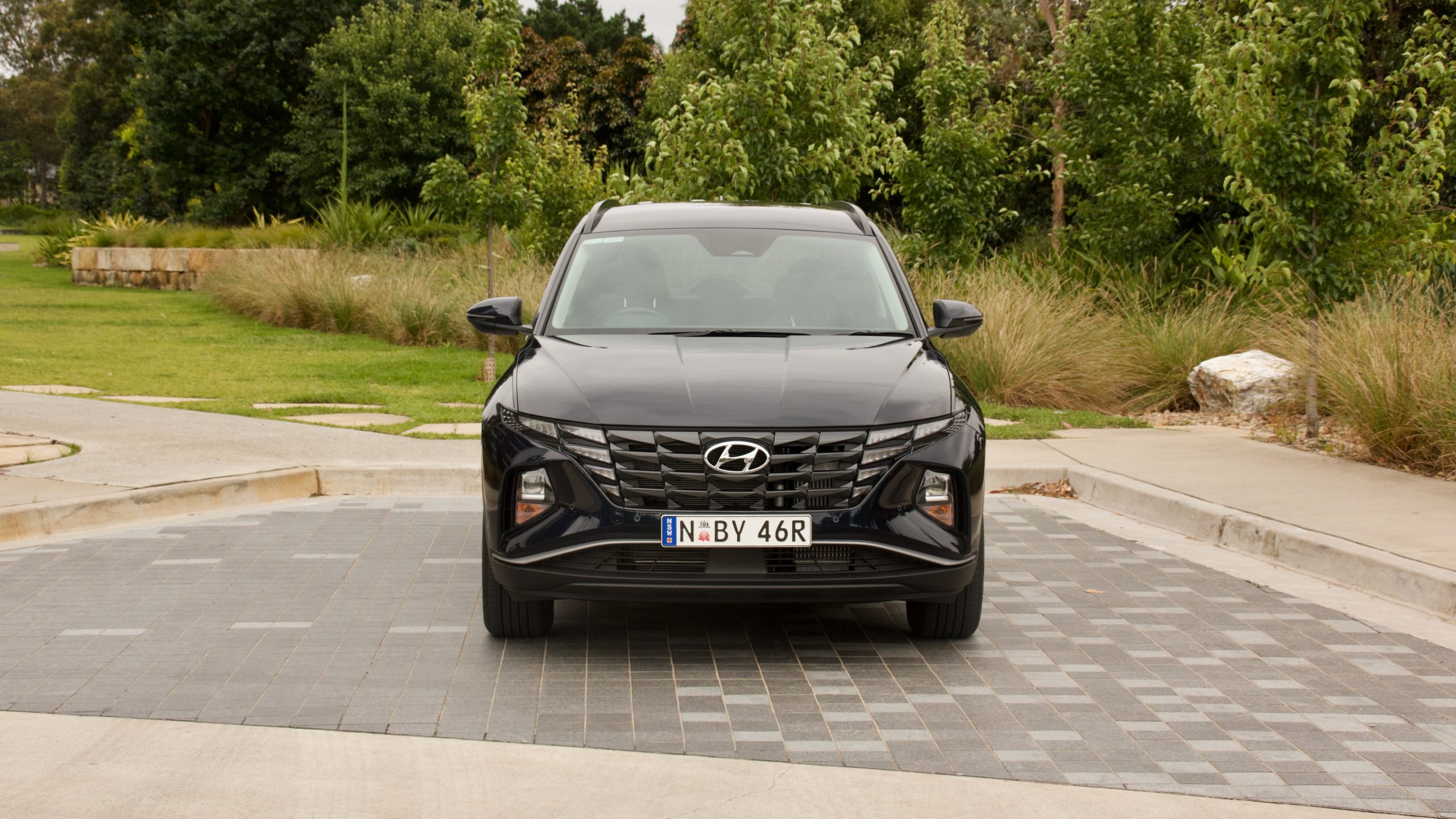
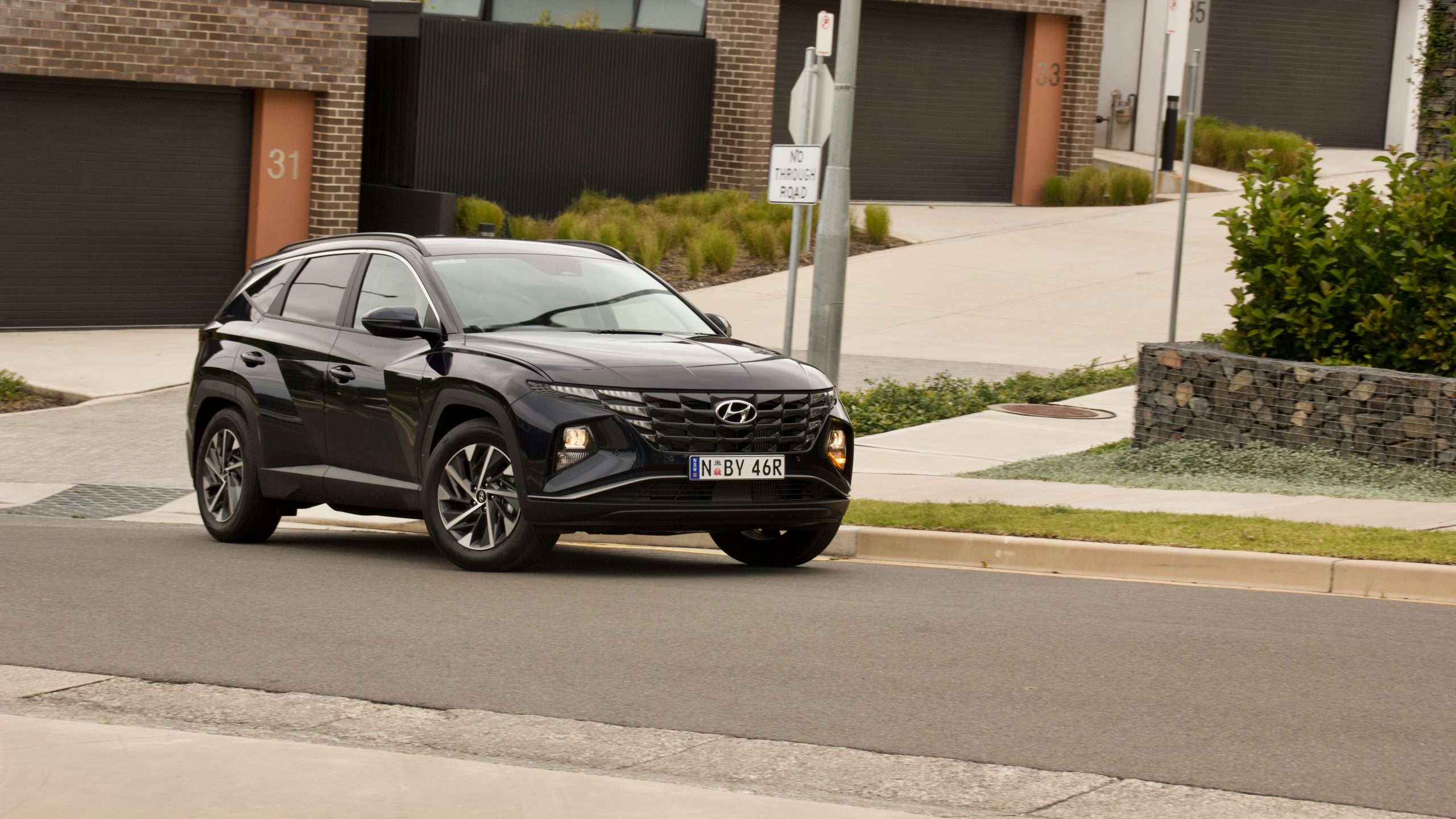
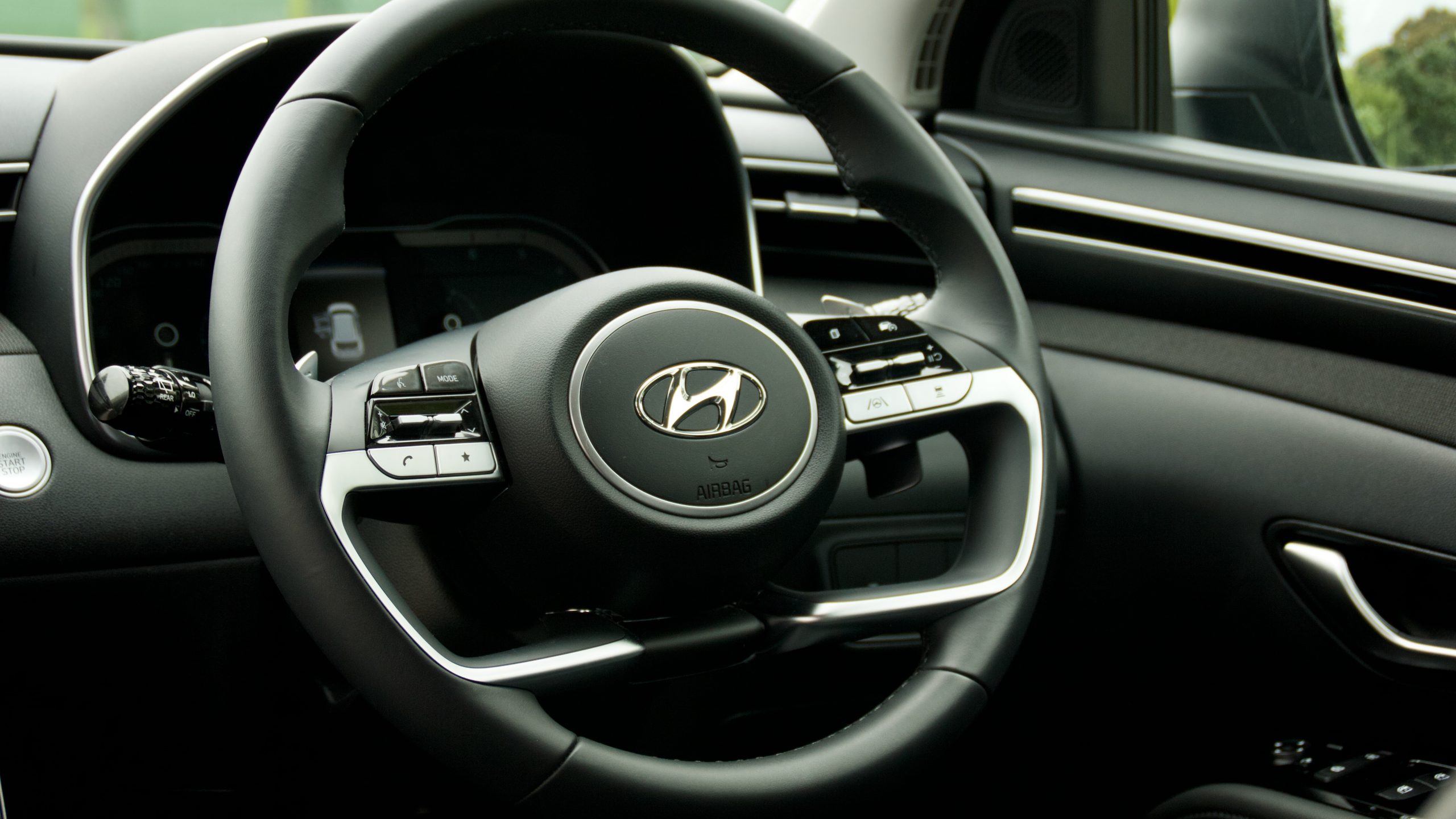
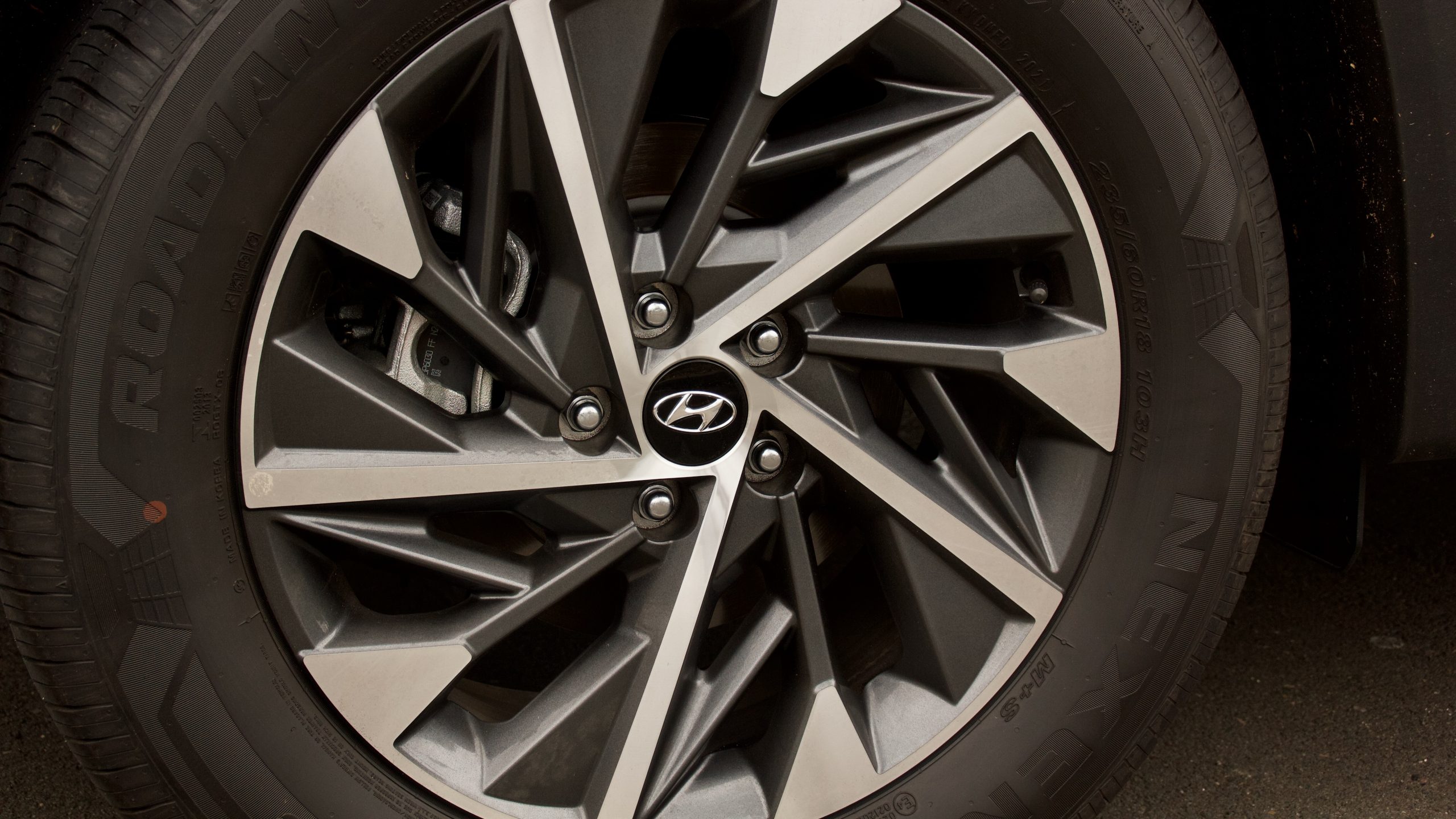
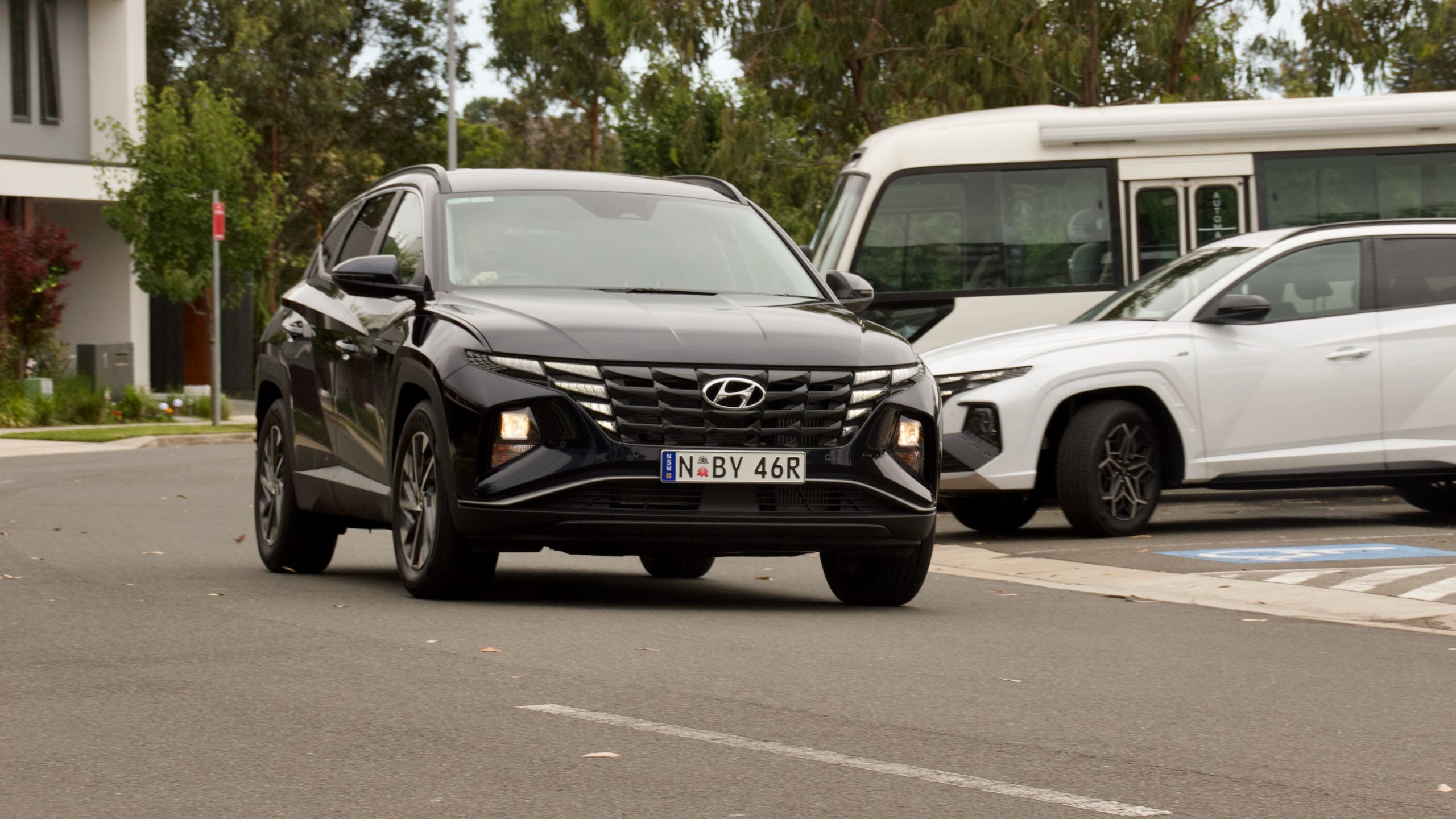
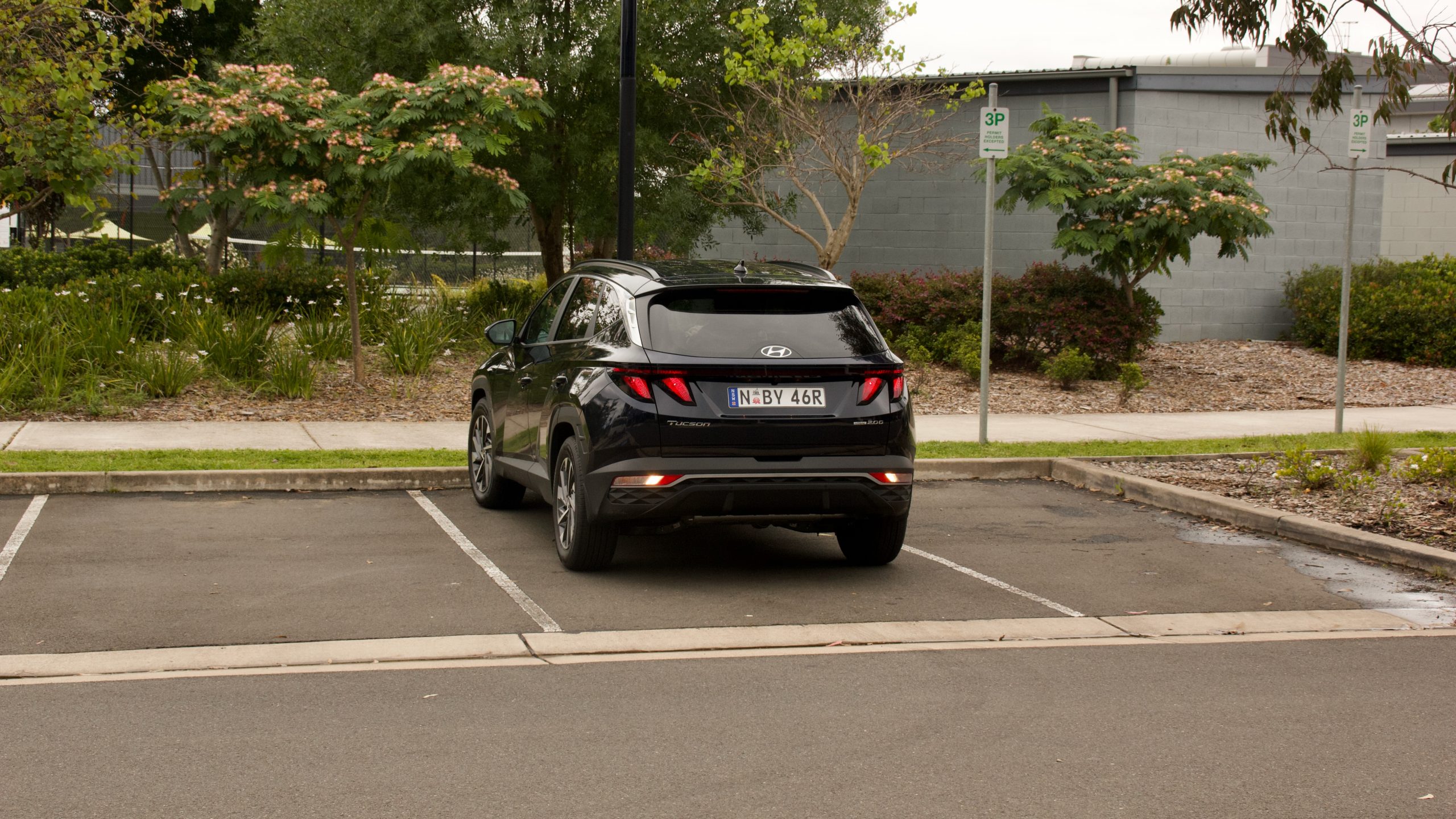
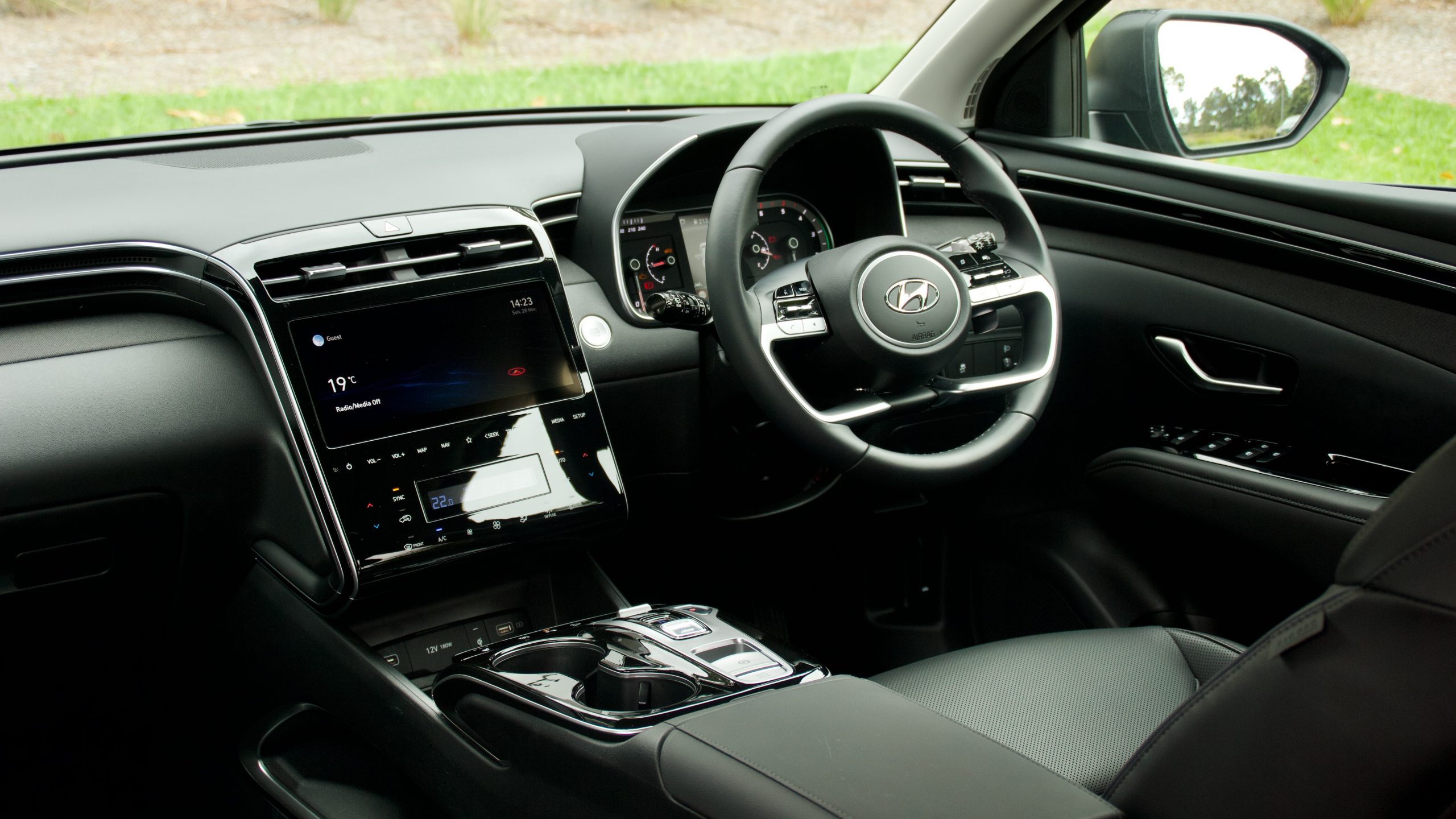
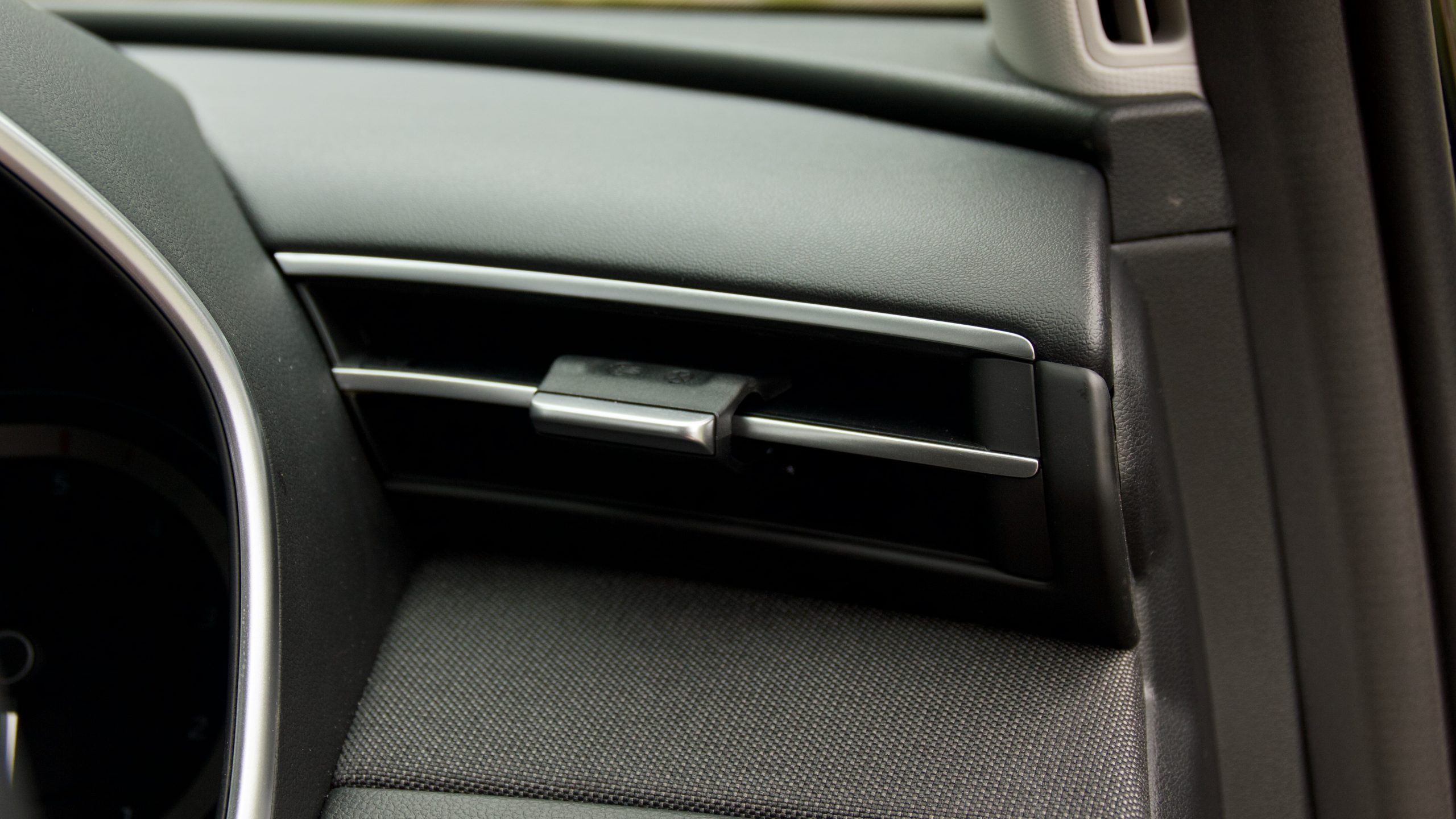
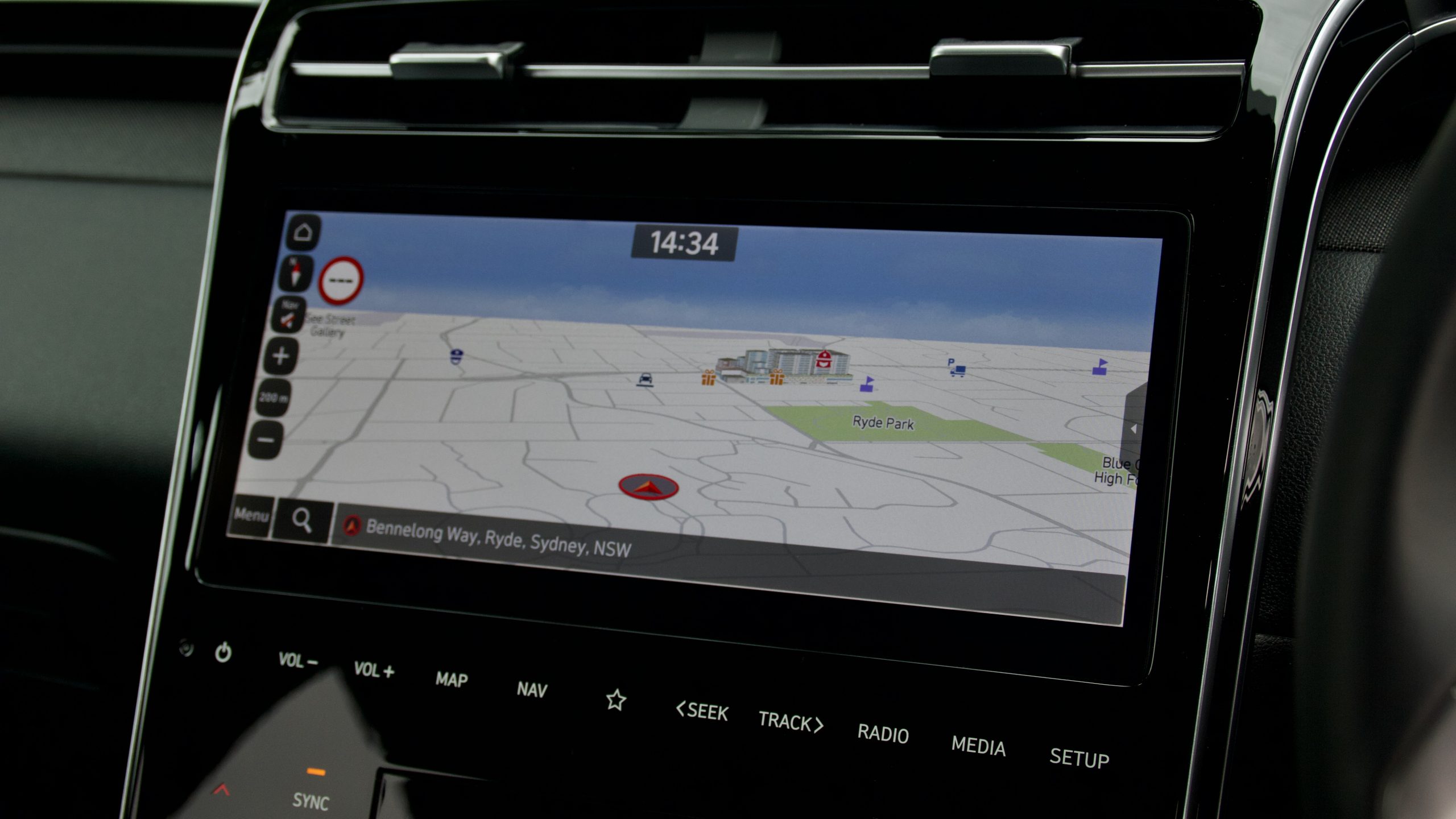
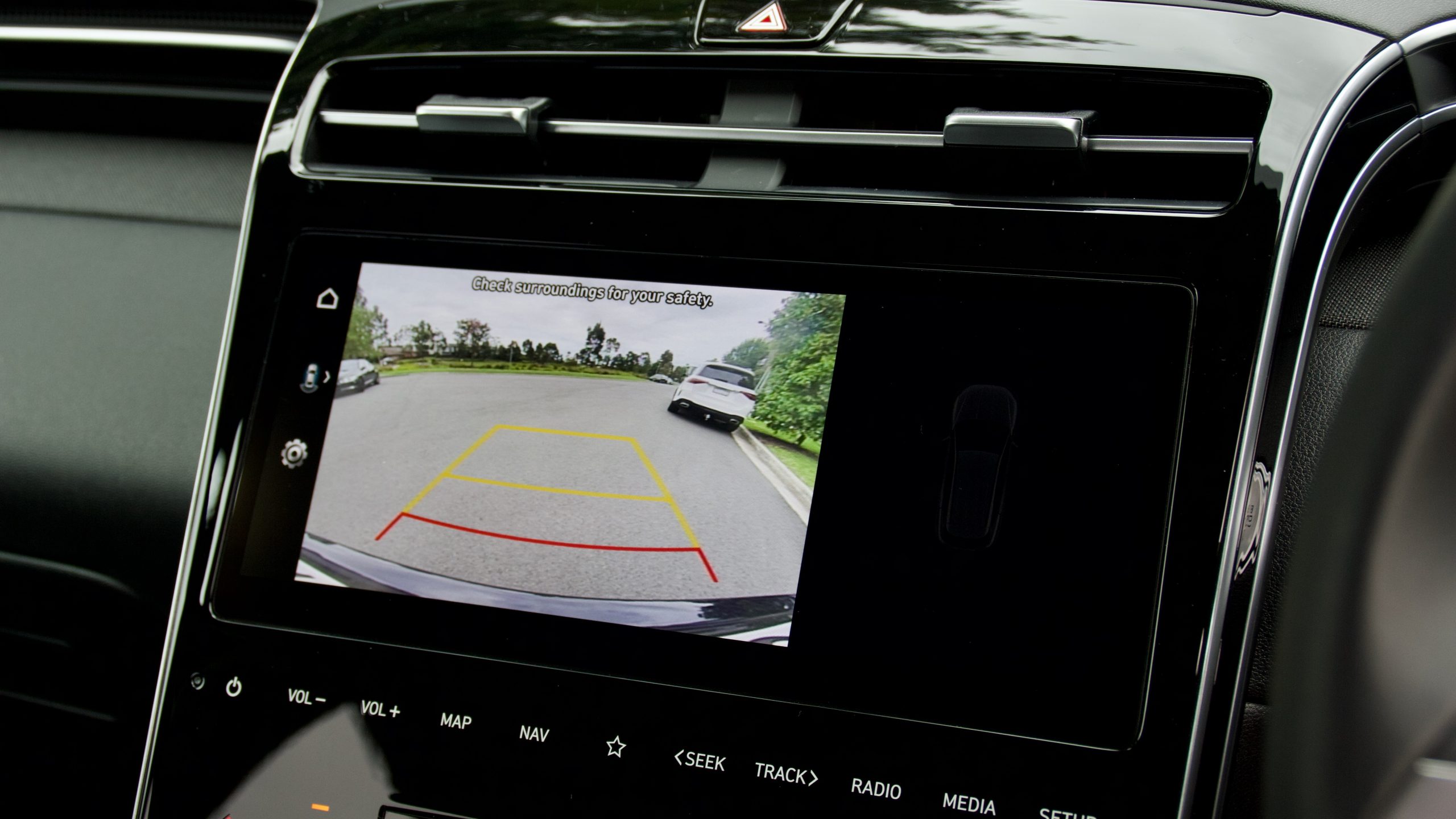
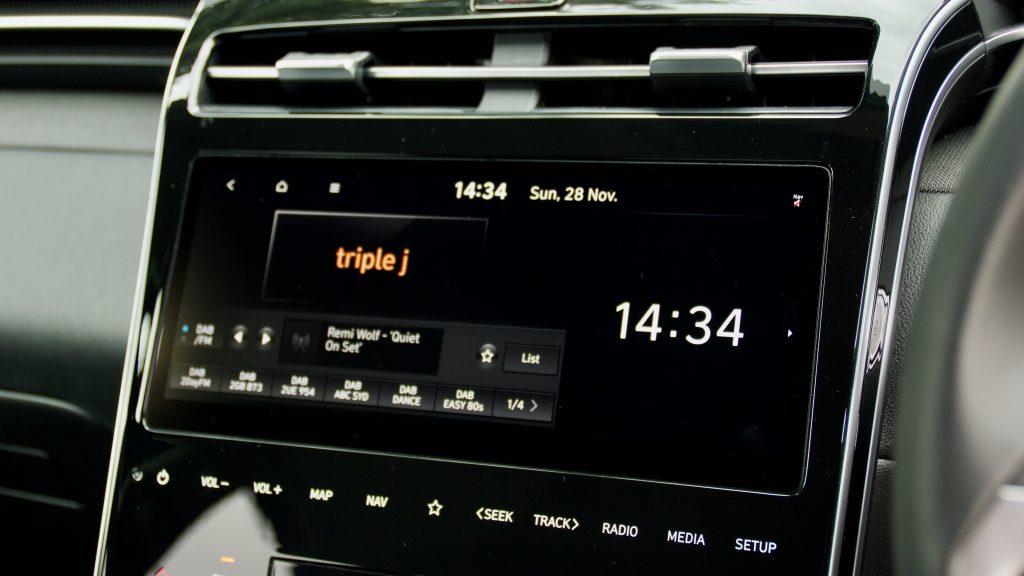
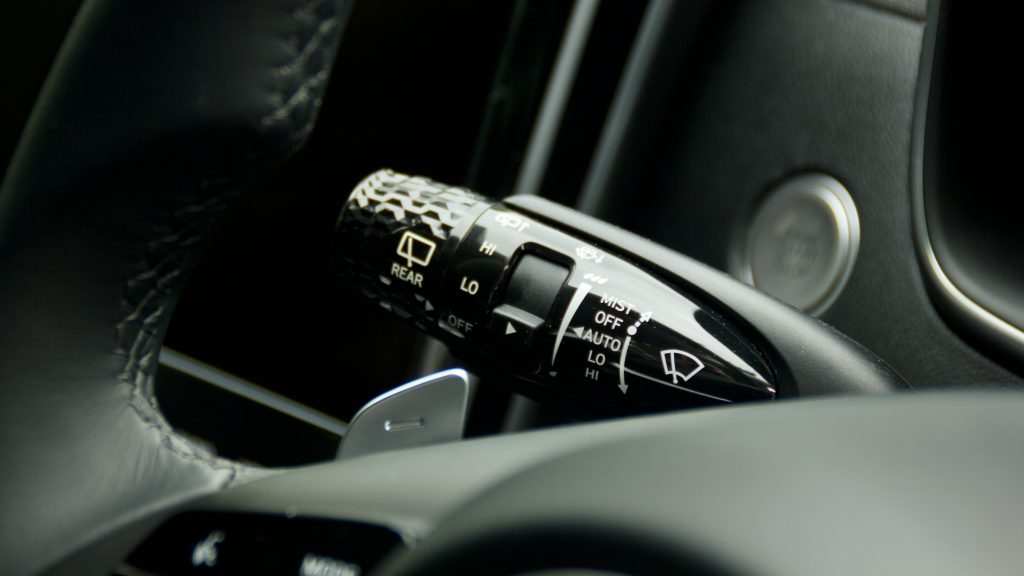
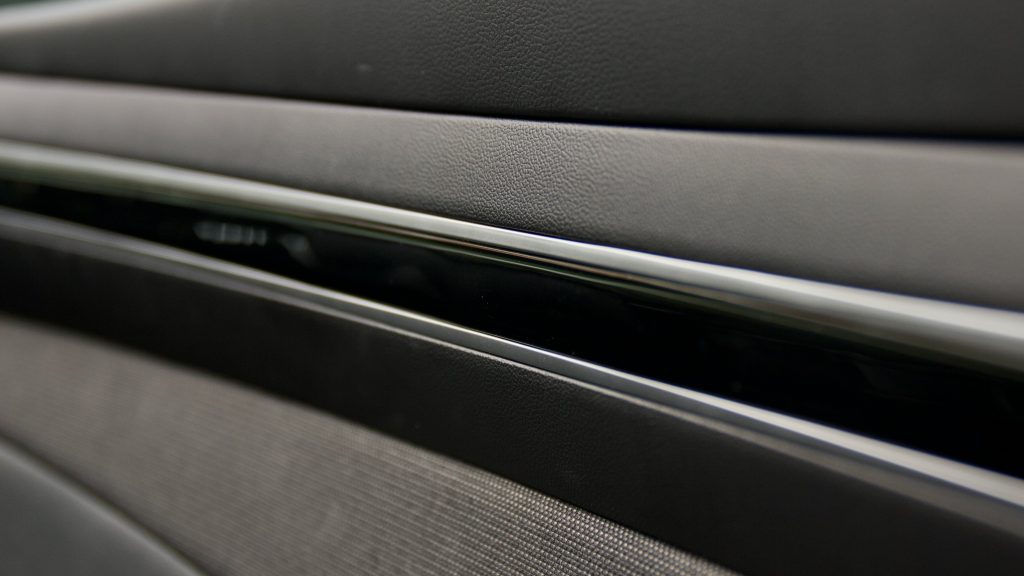
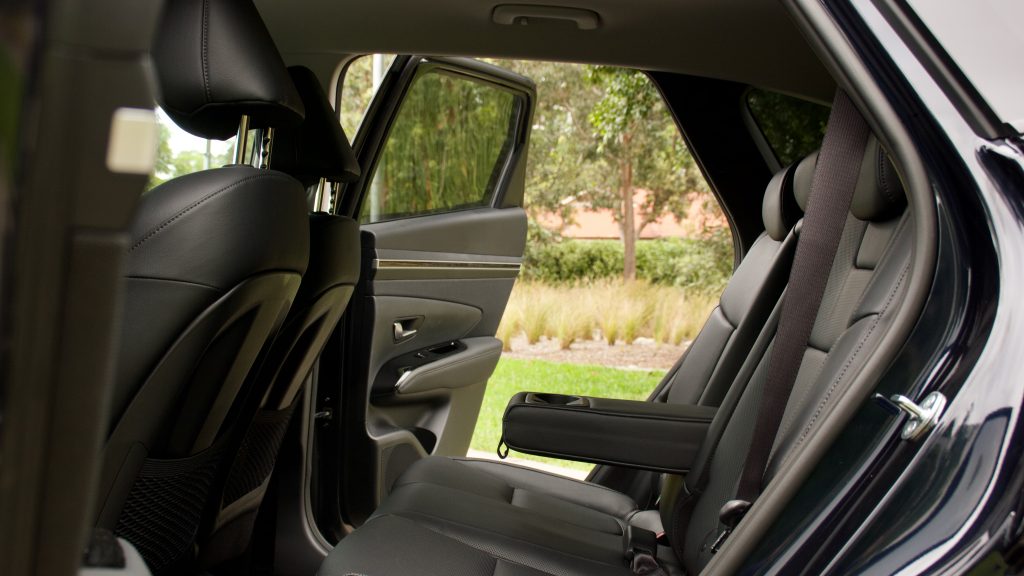
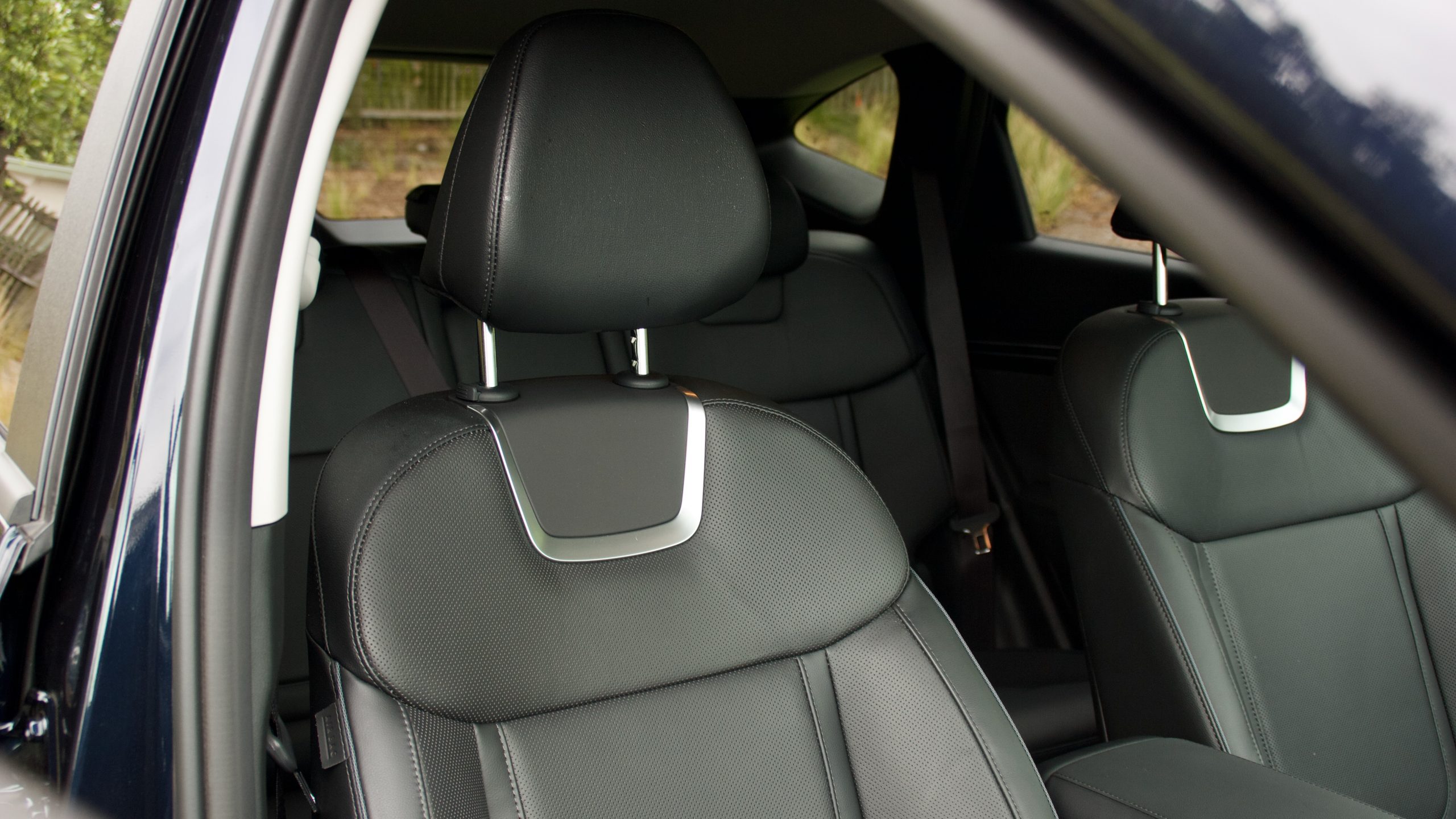
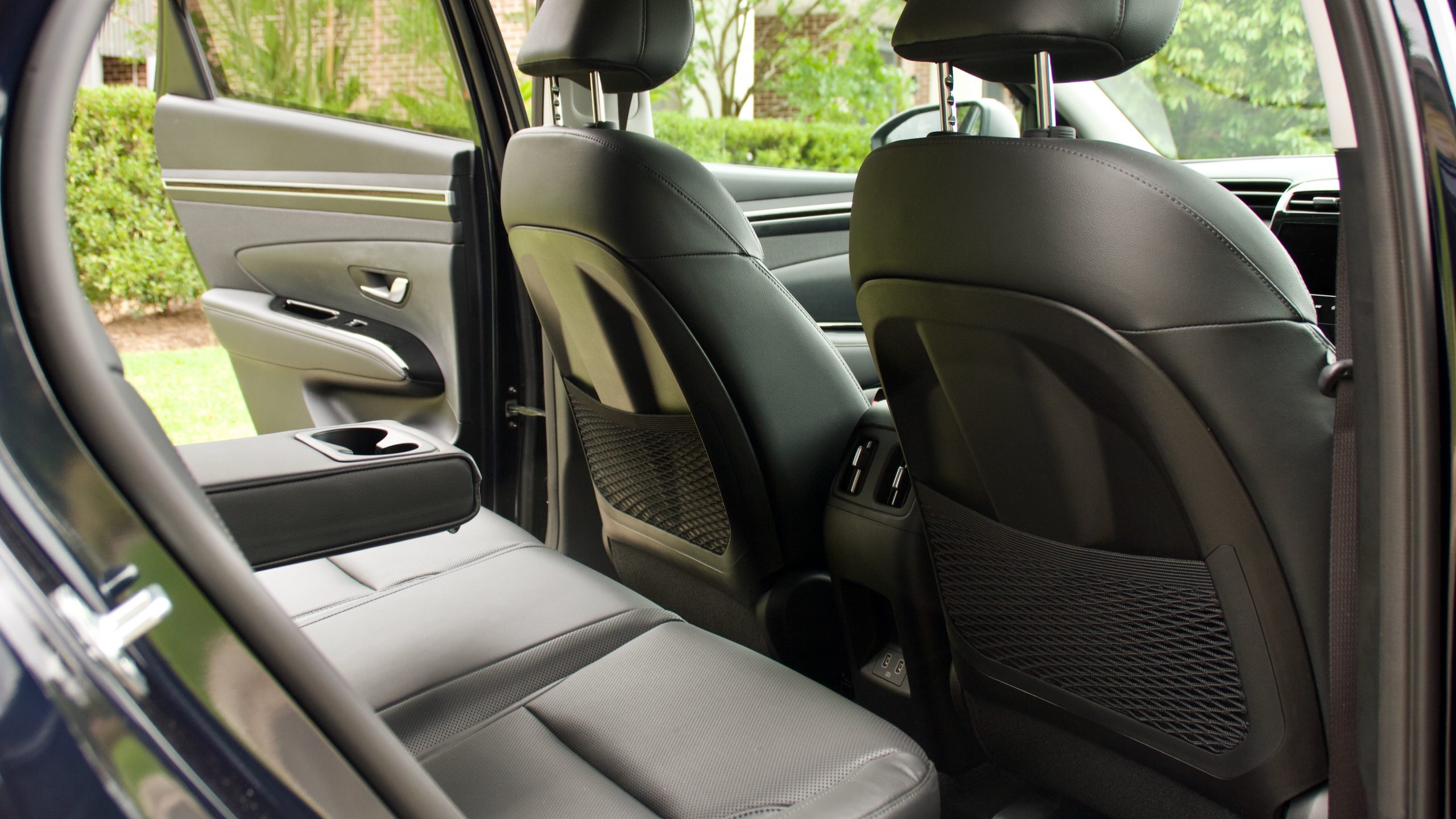
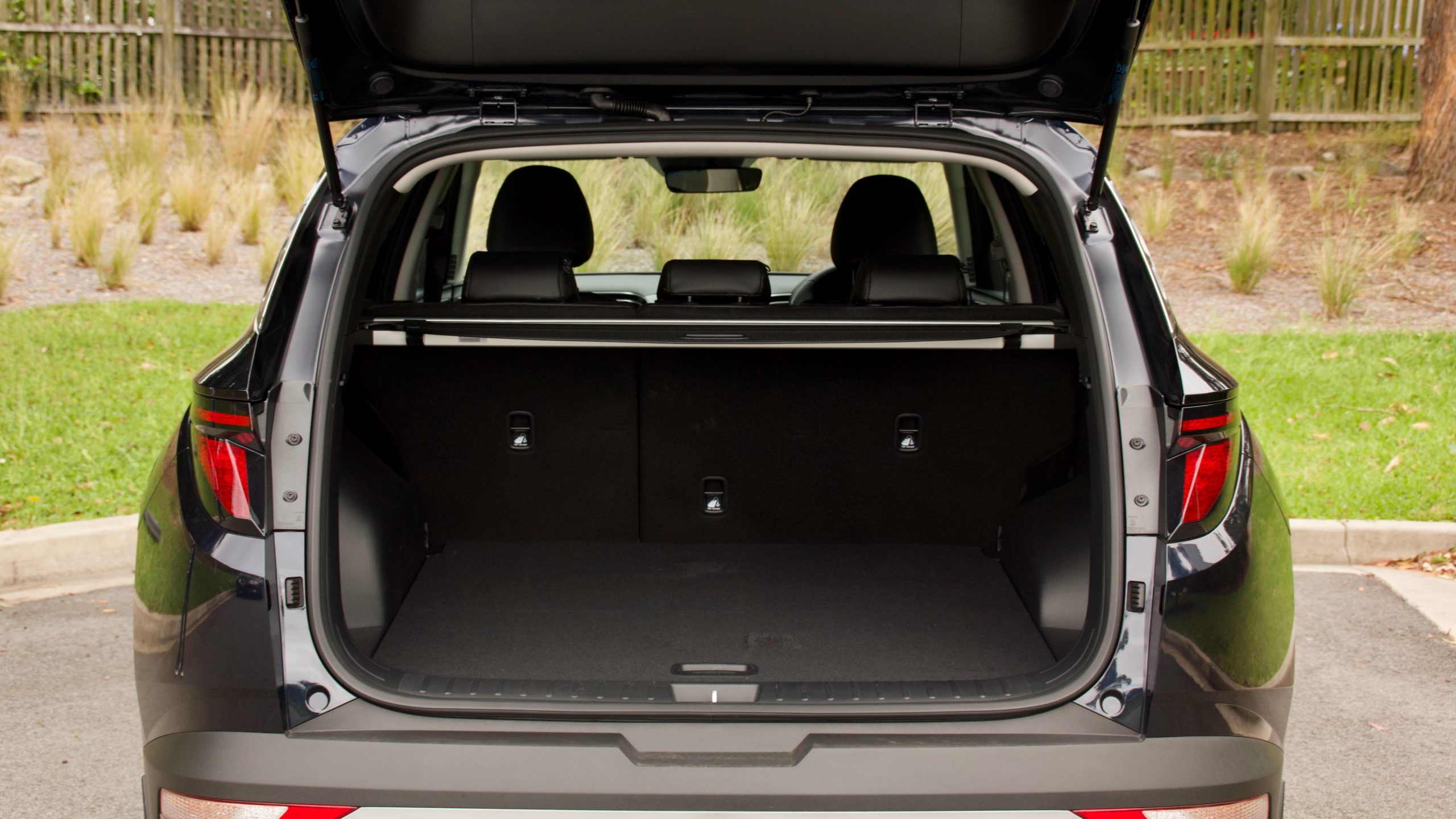
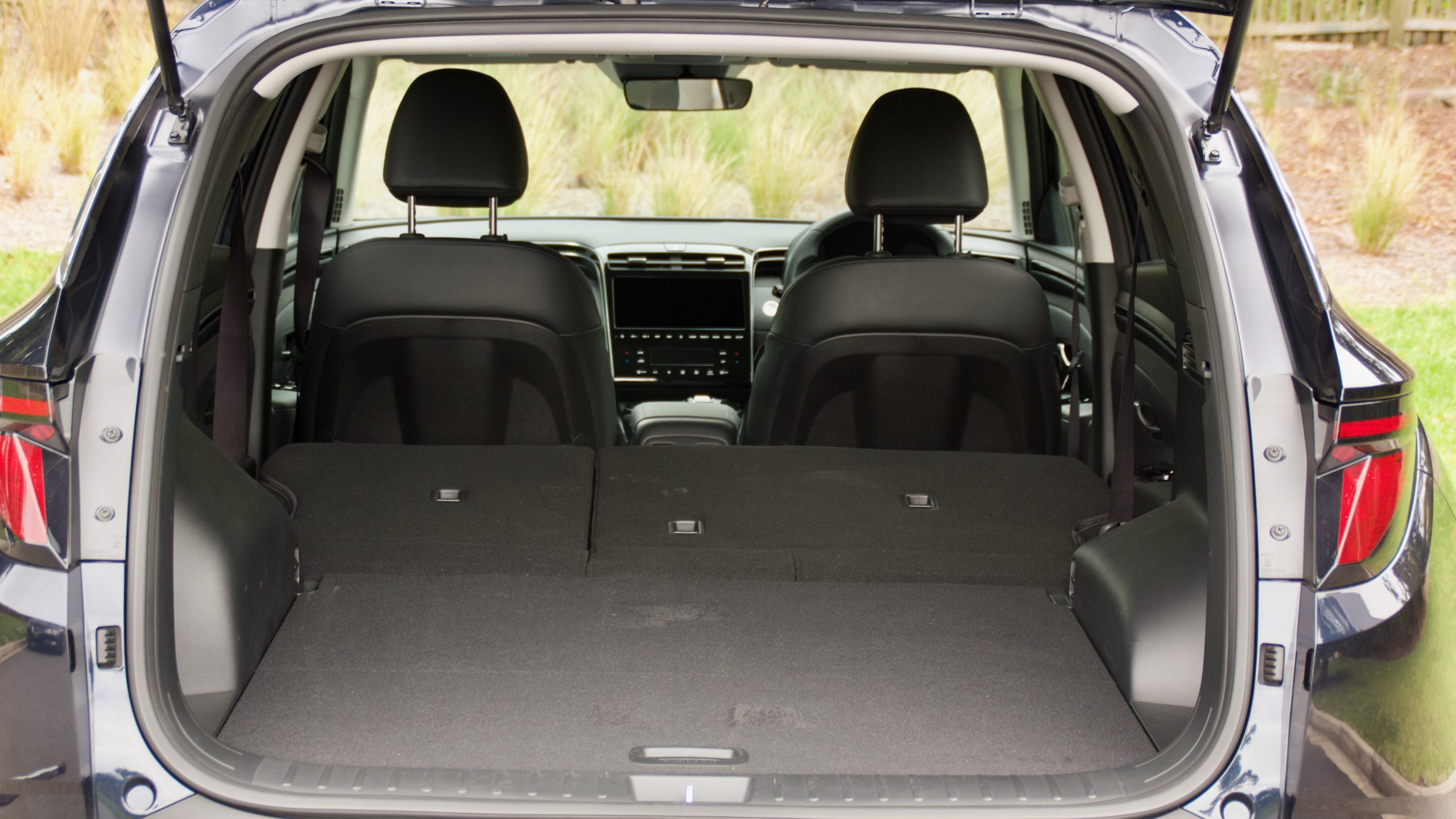
Leave a Reply